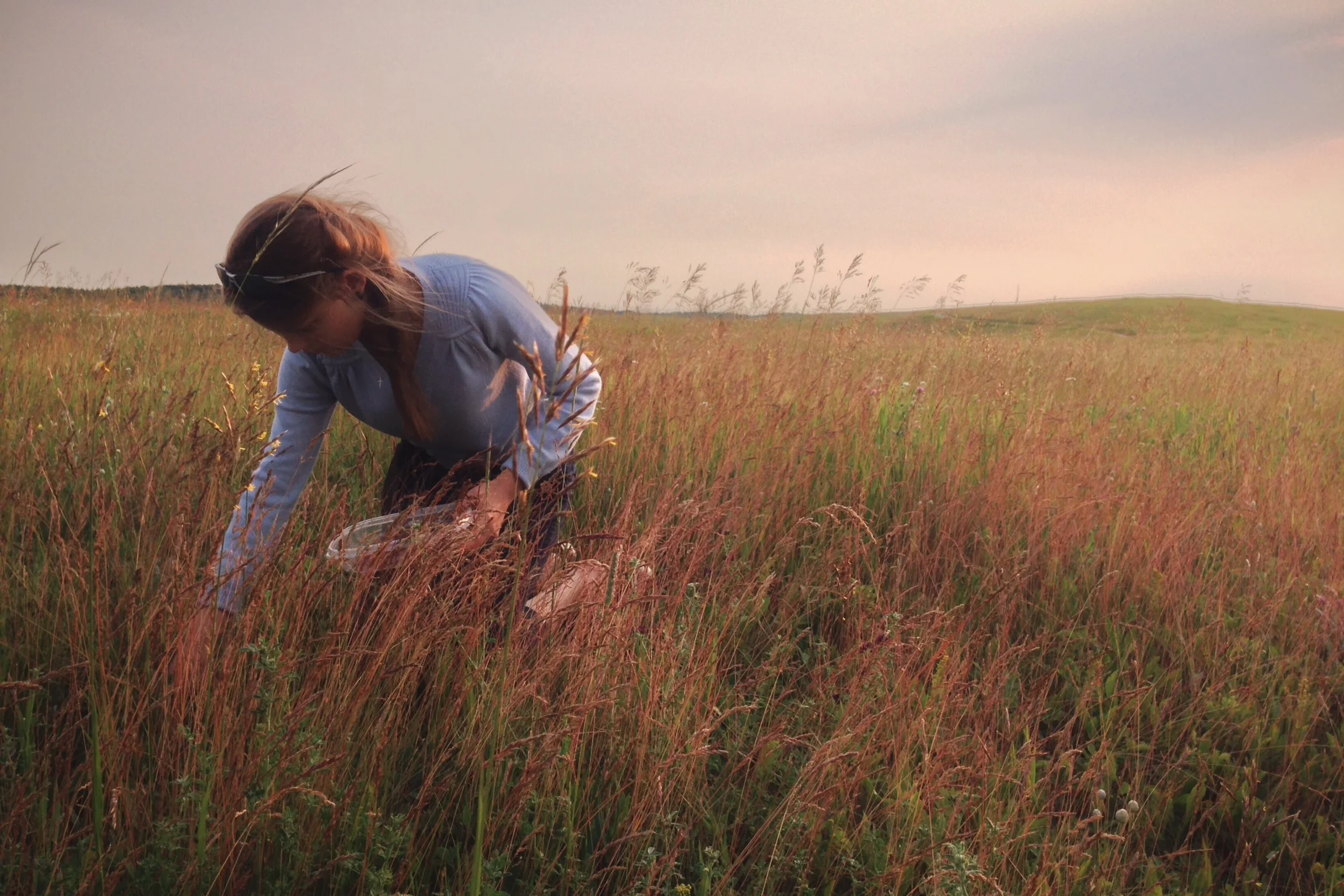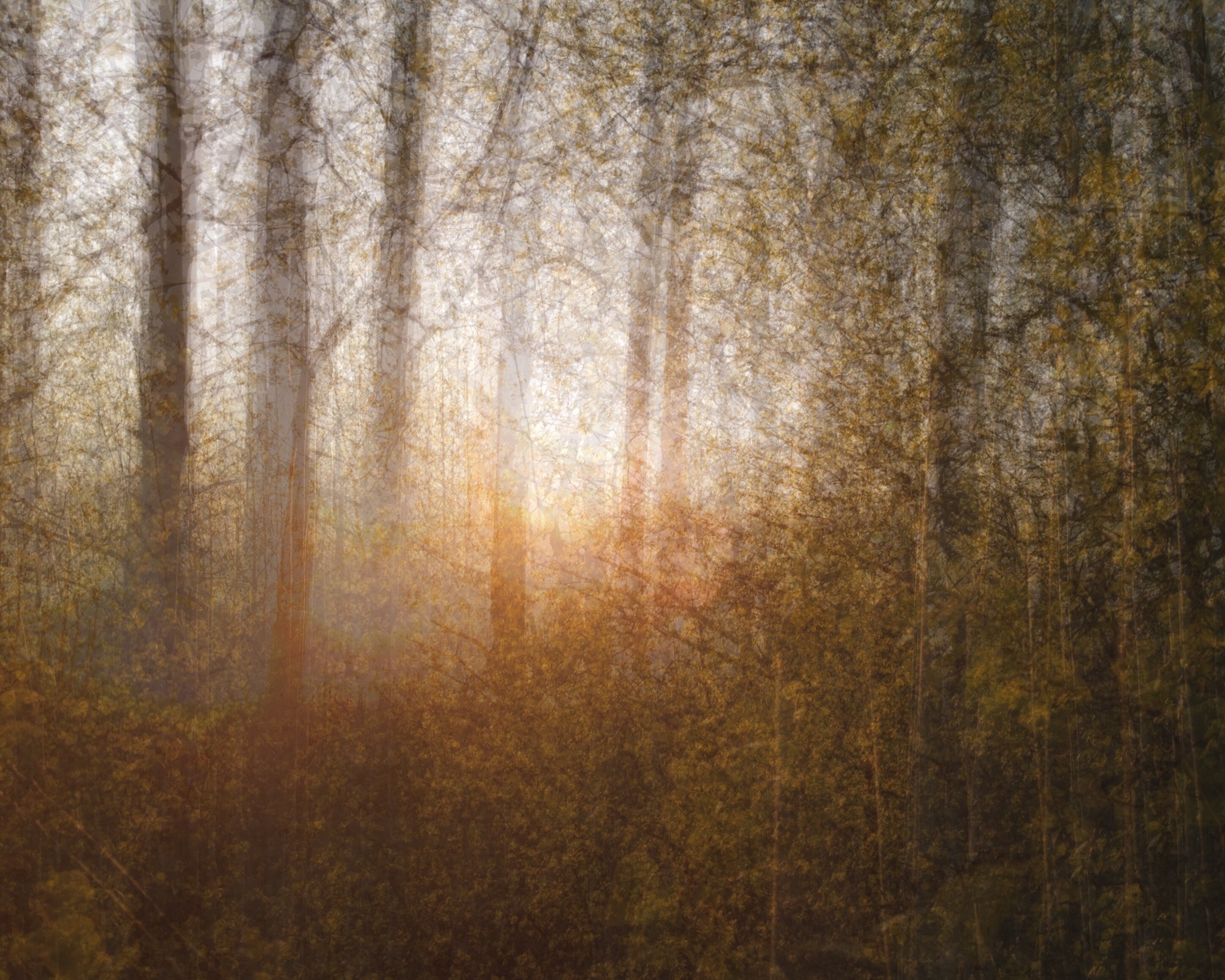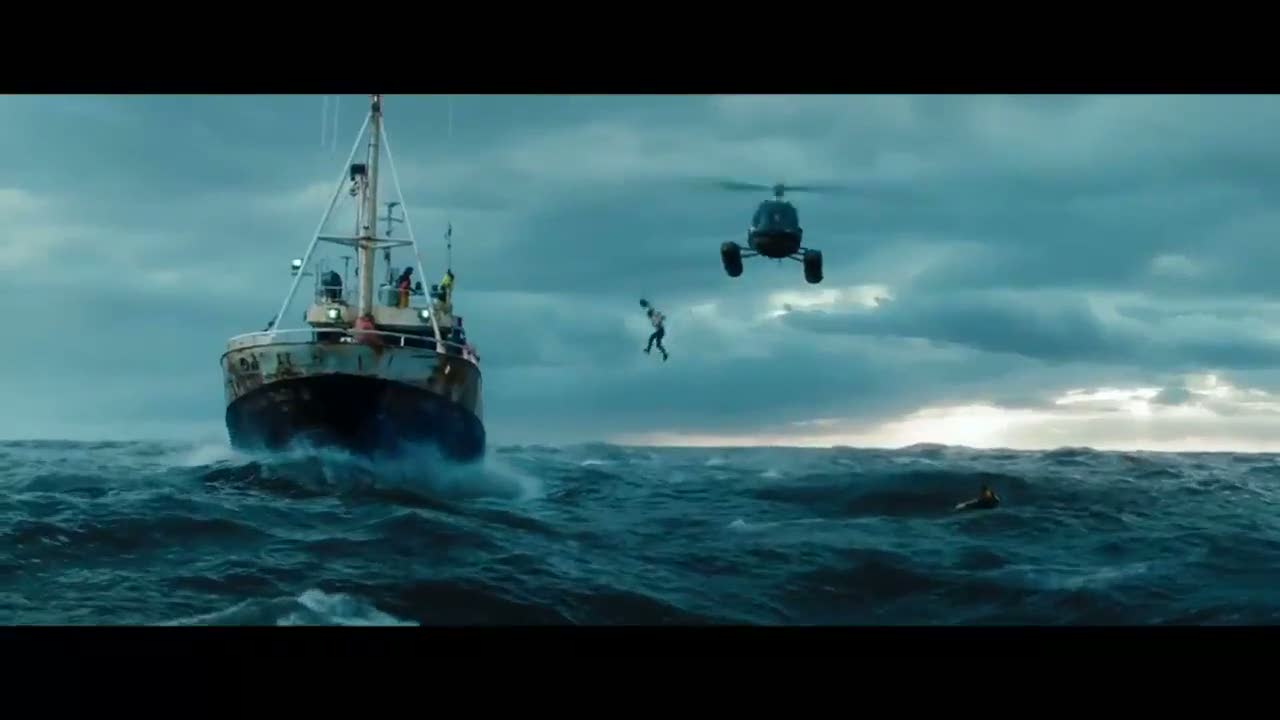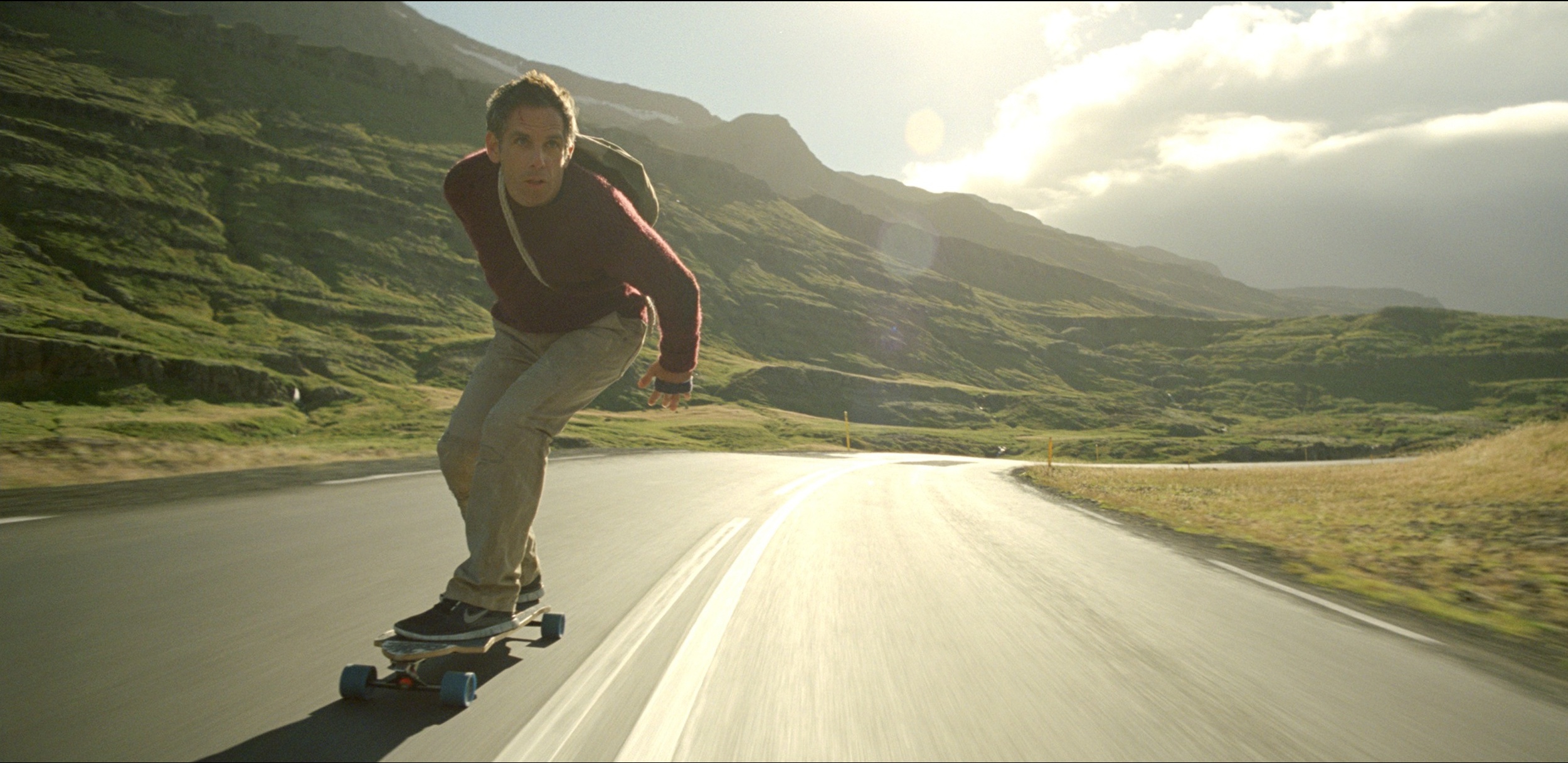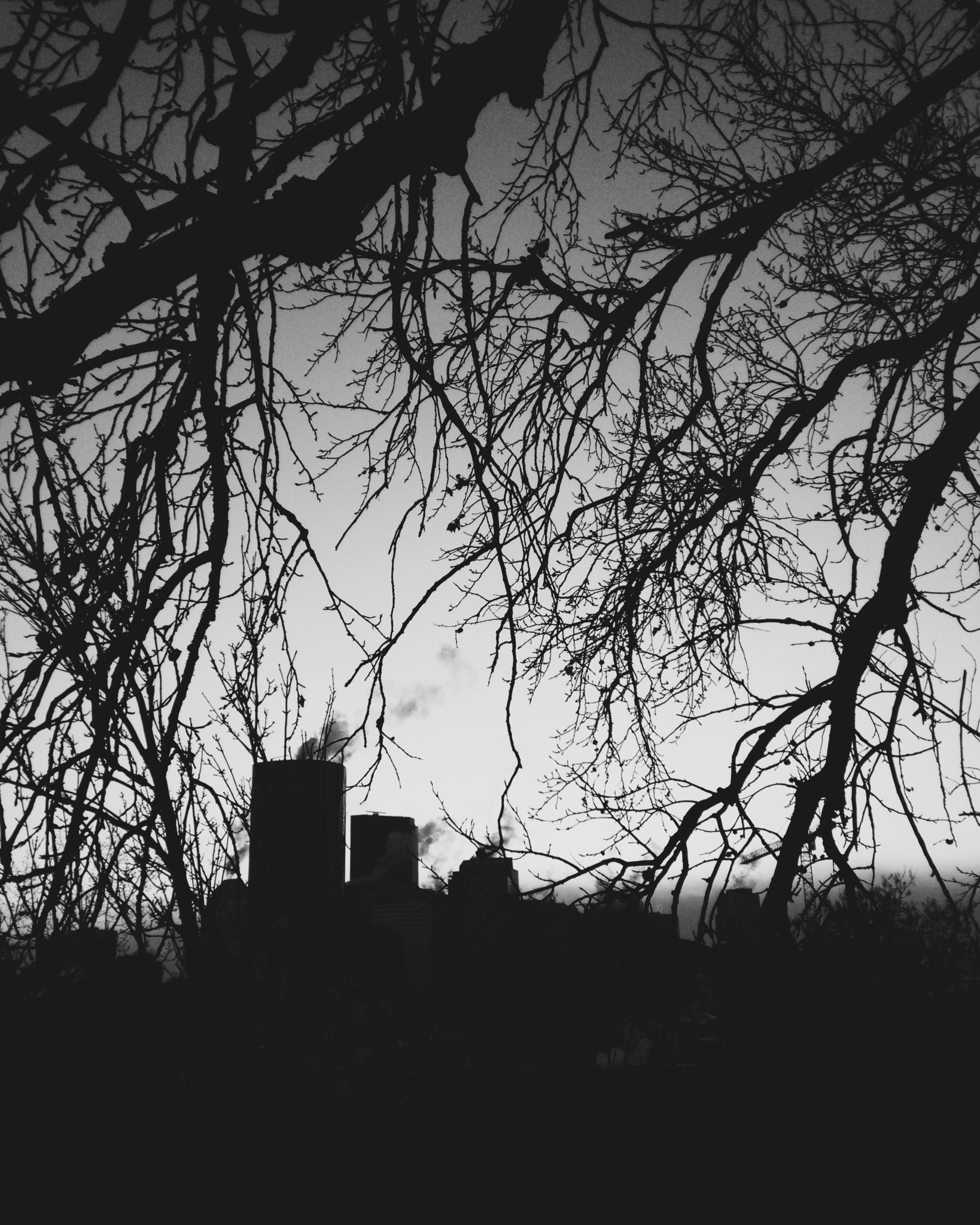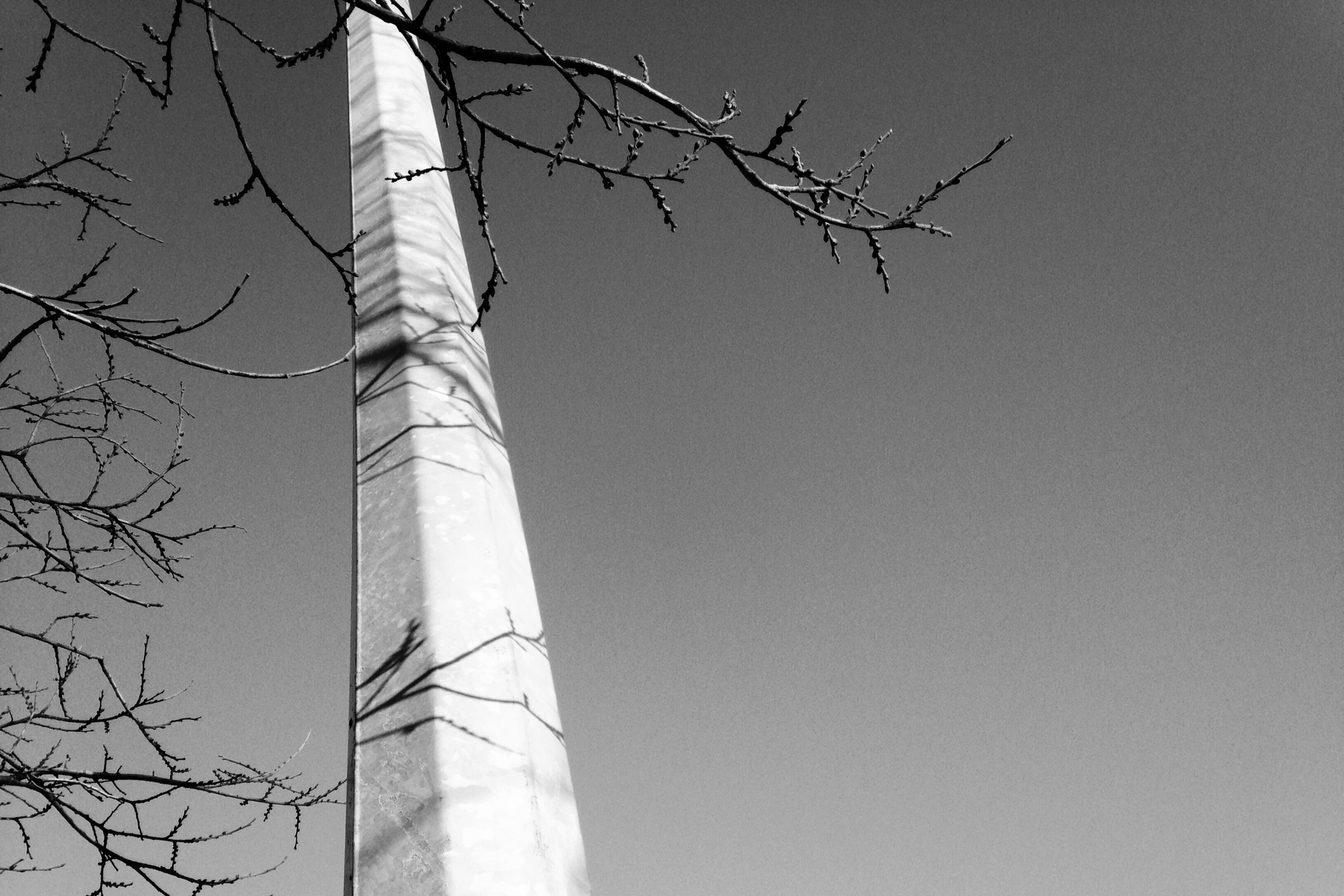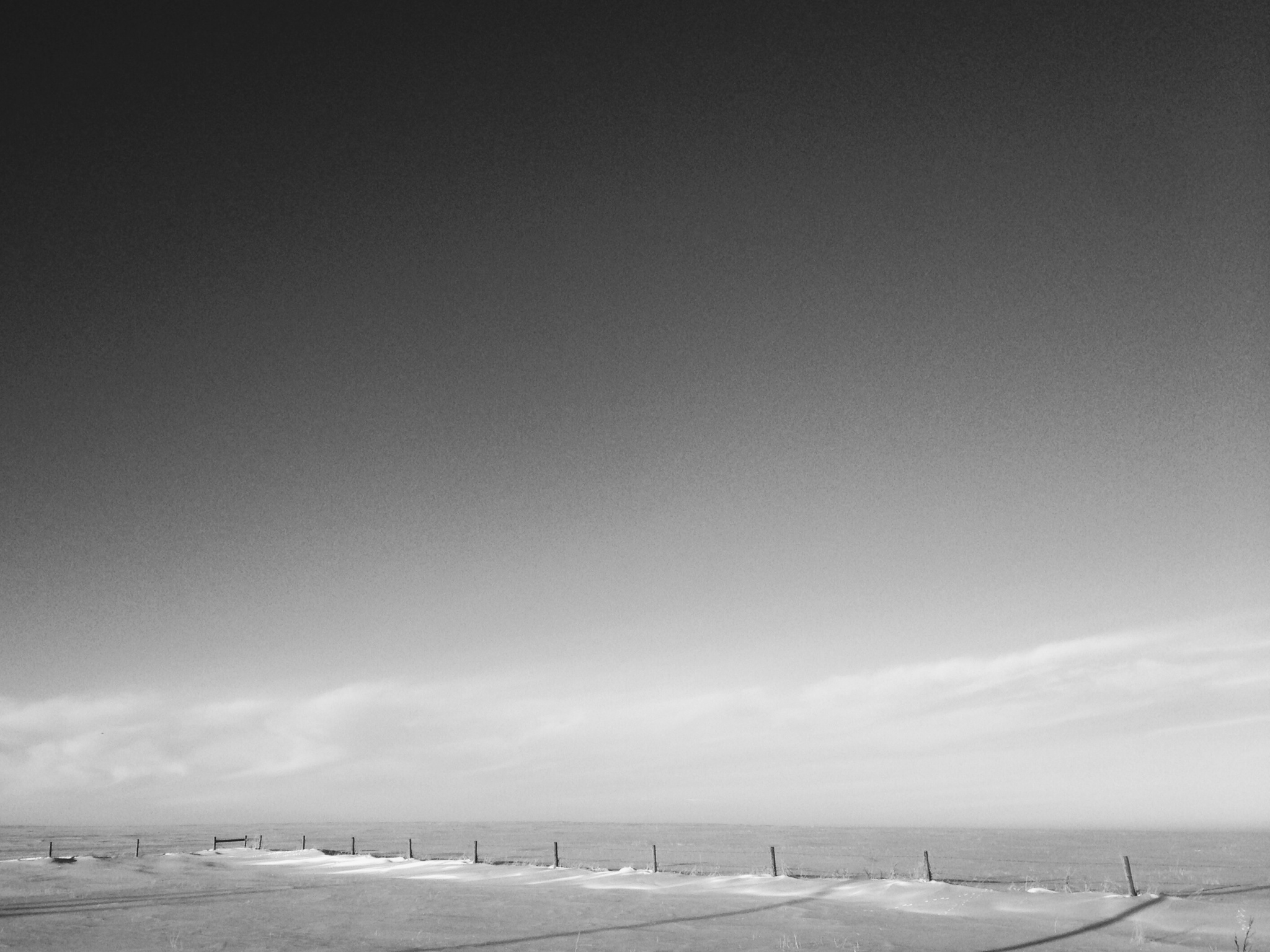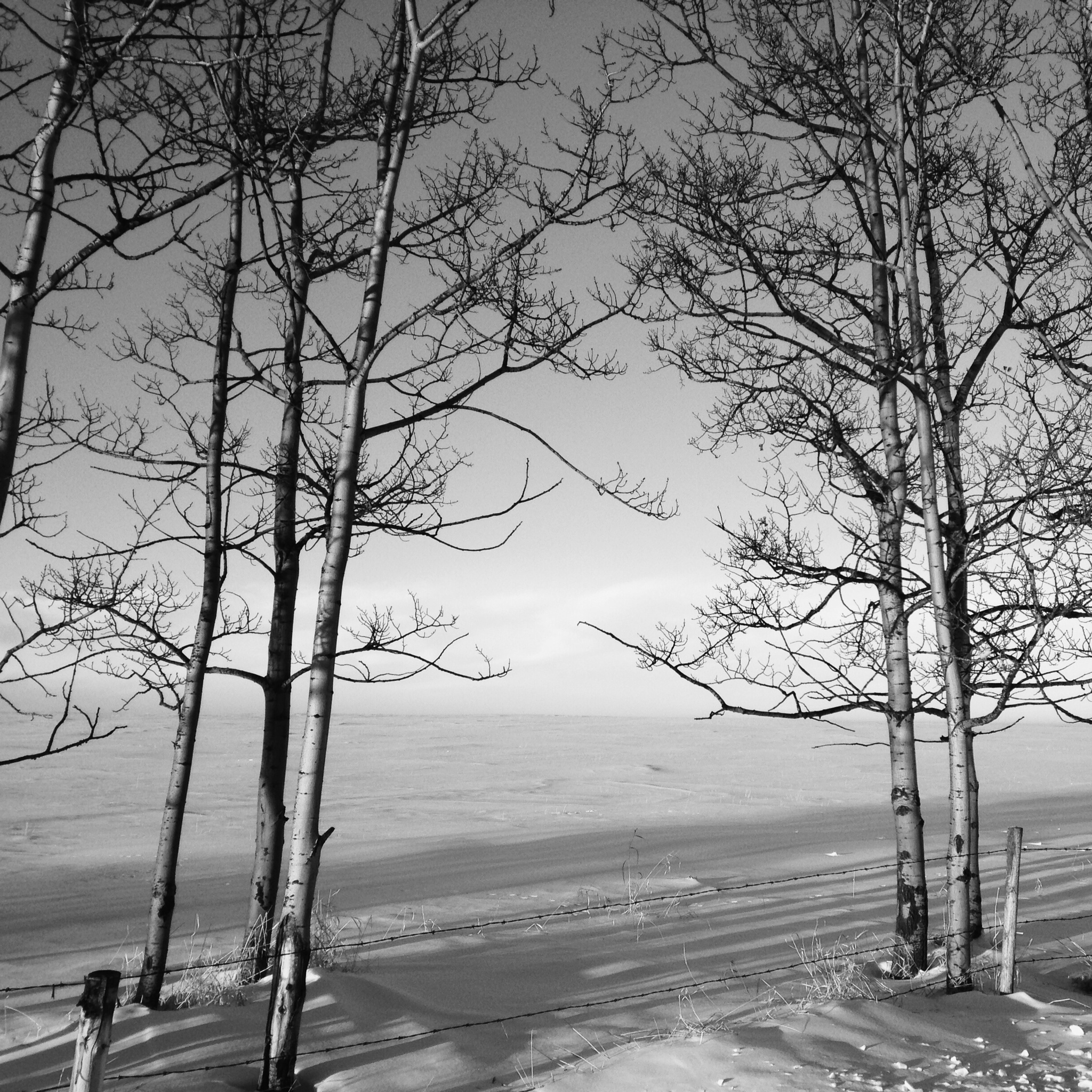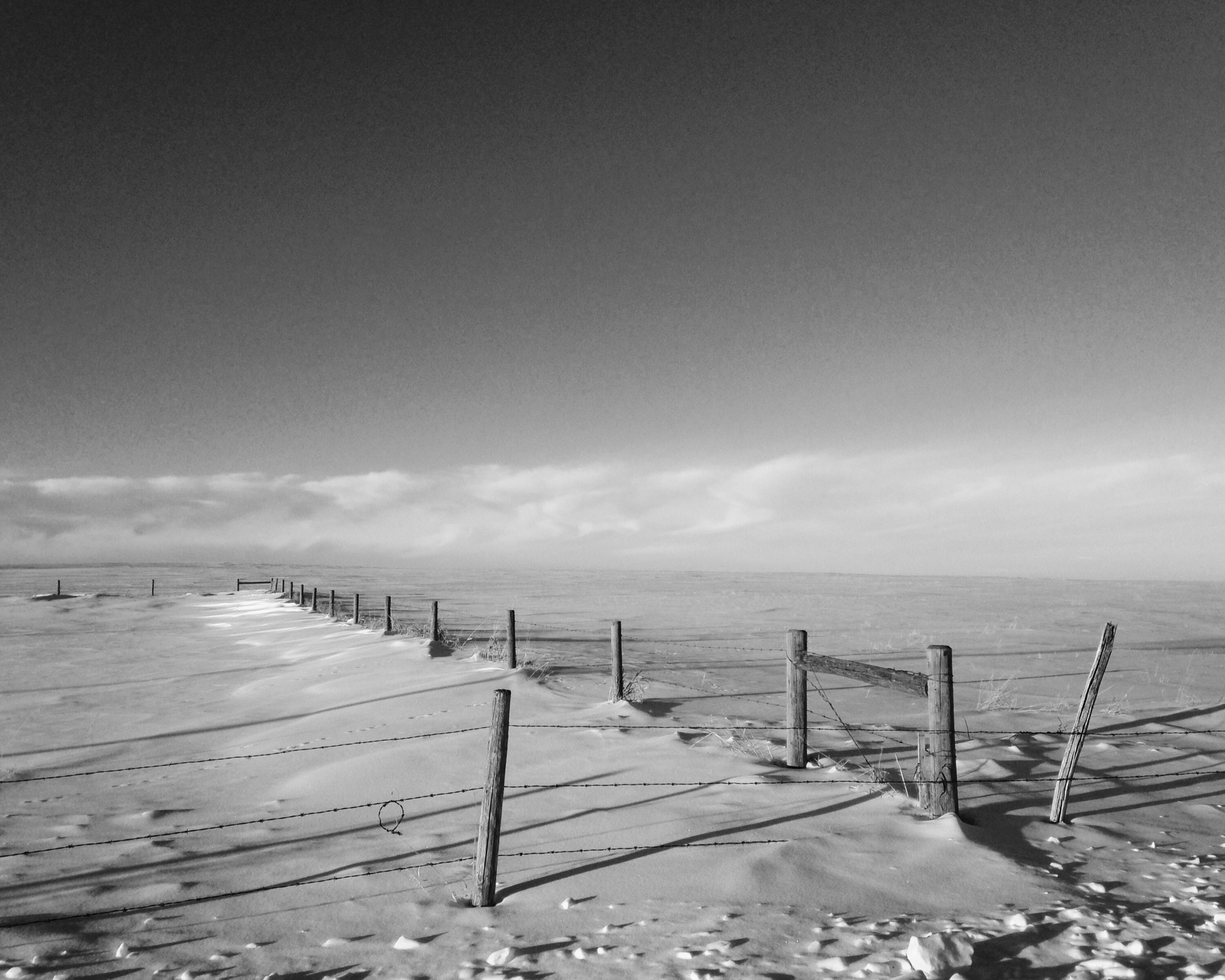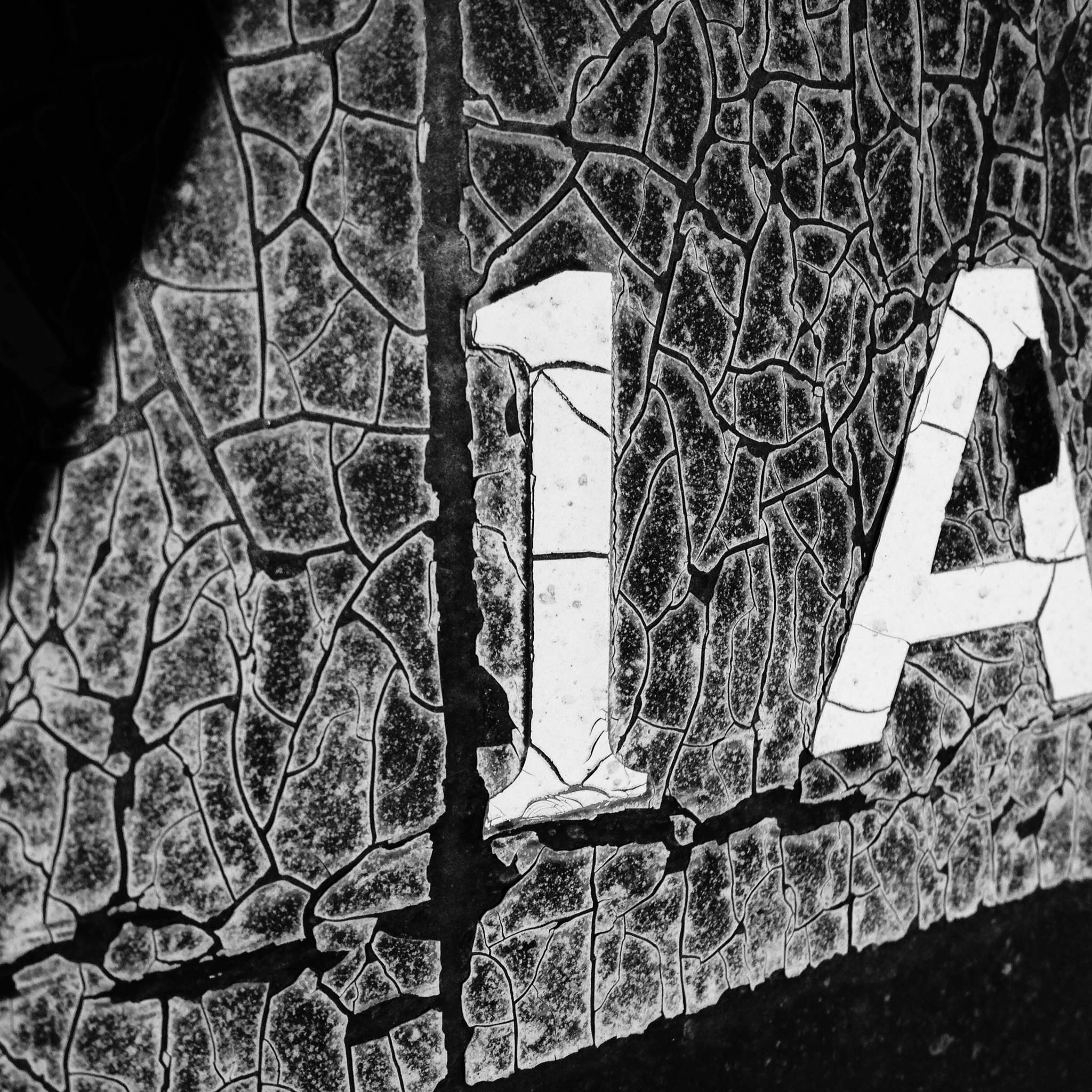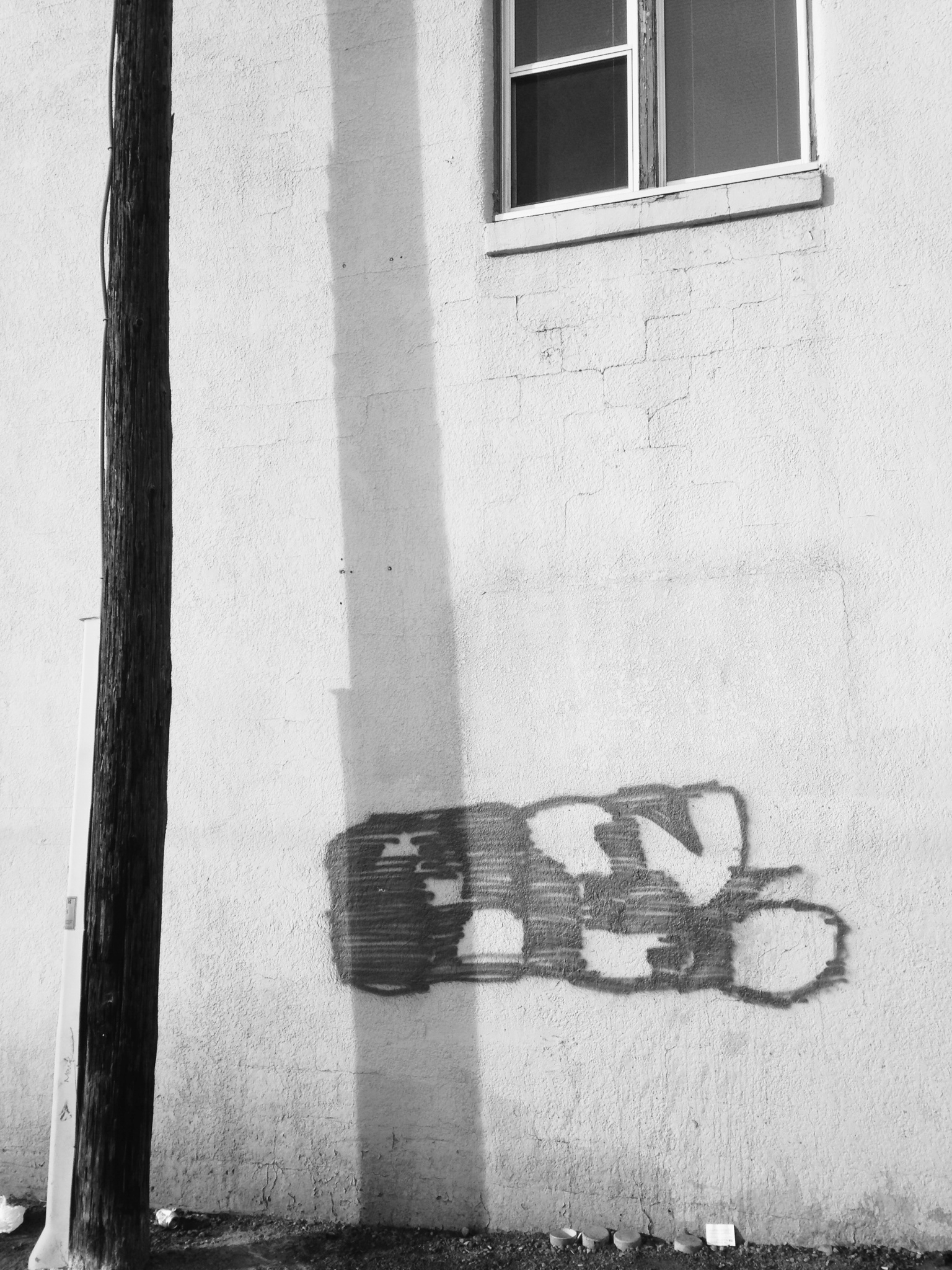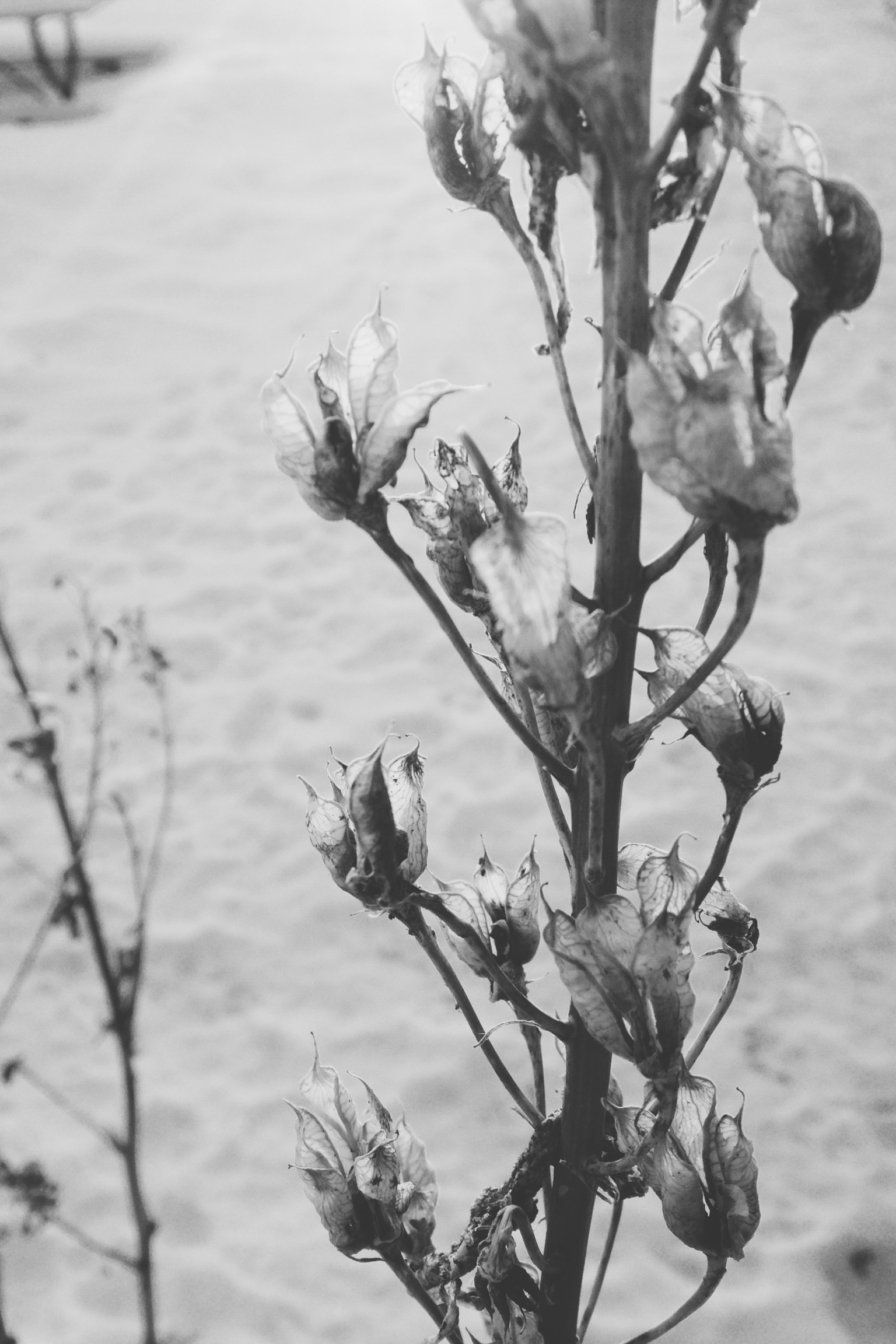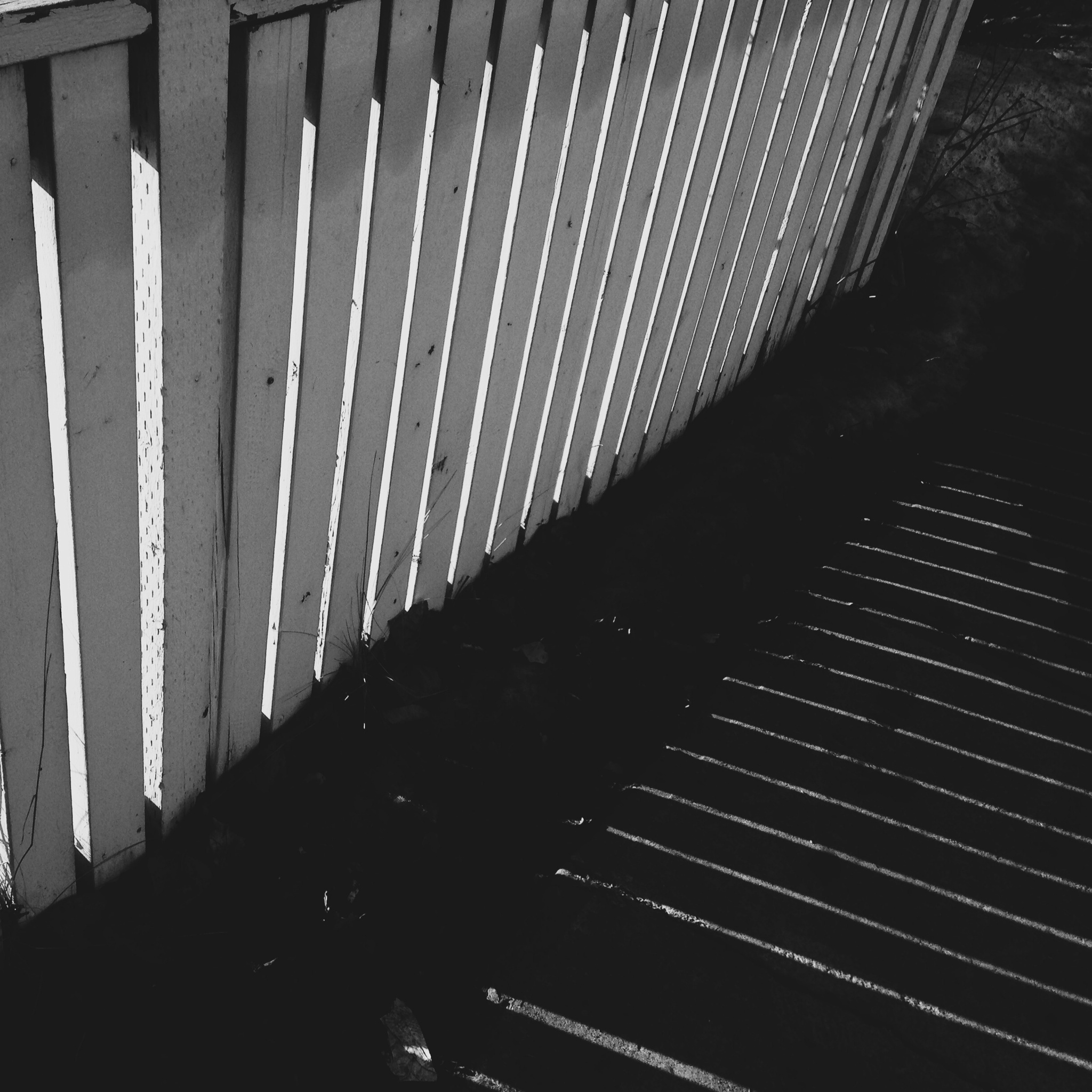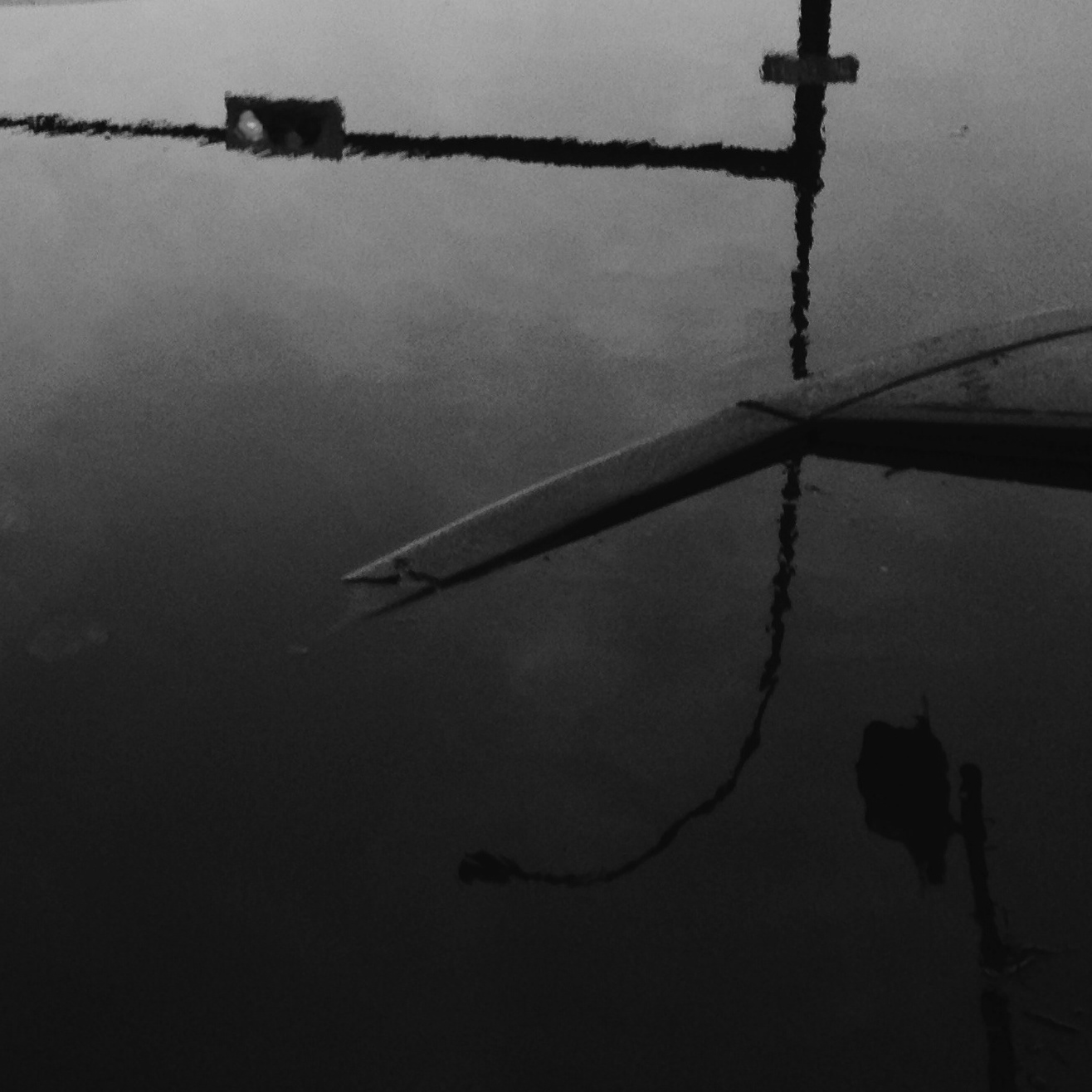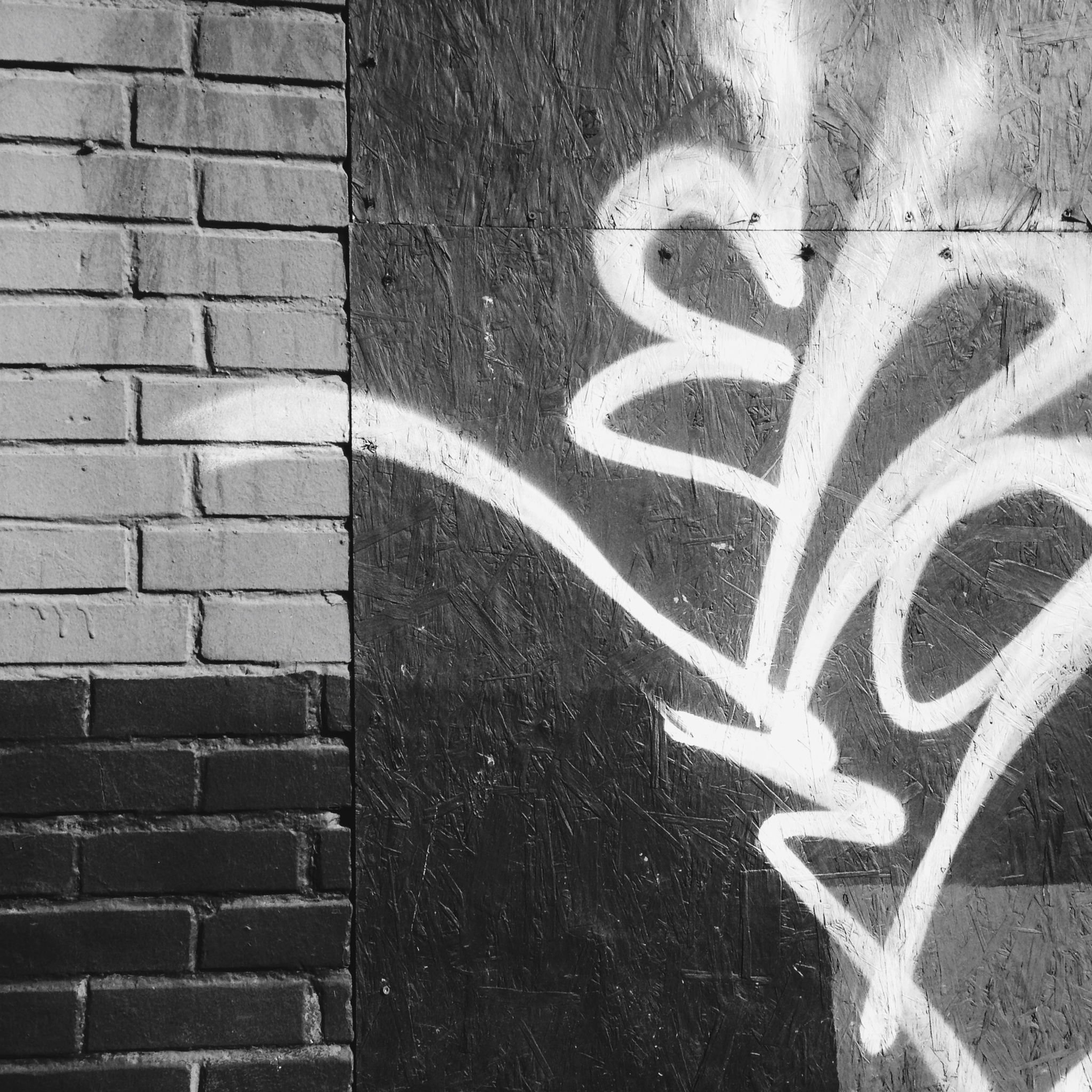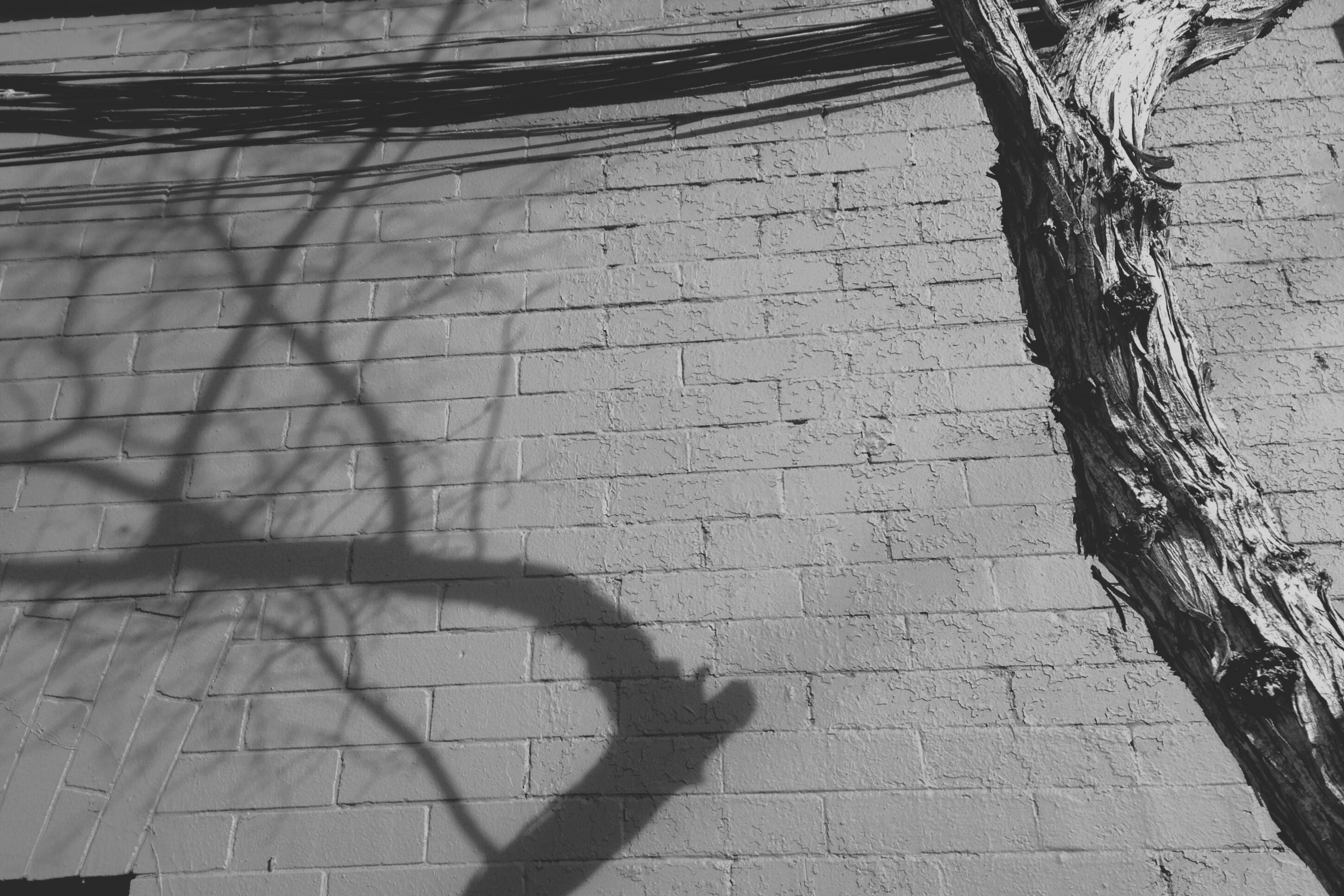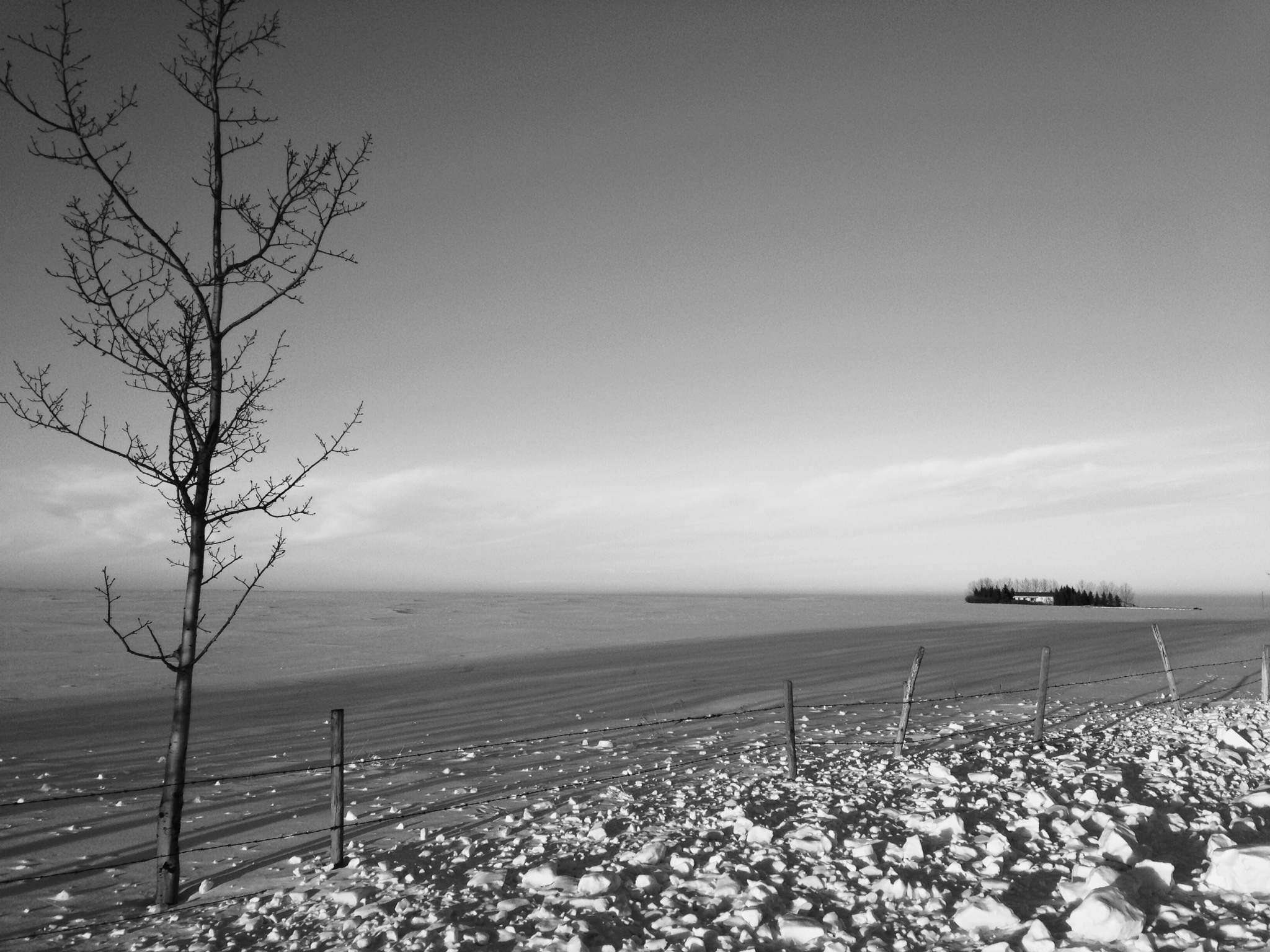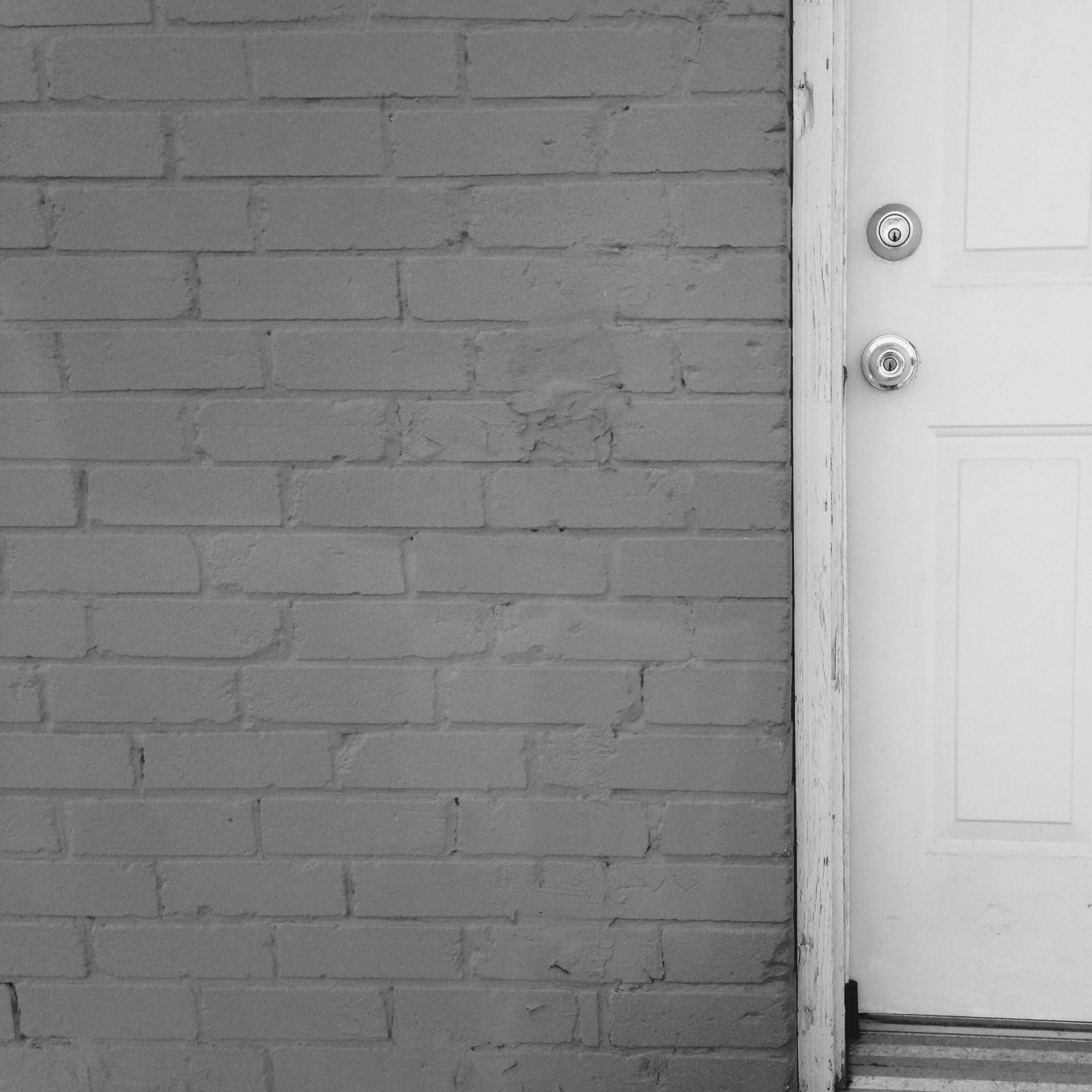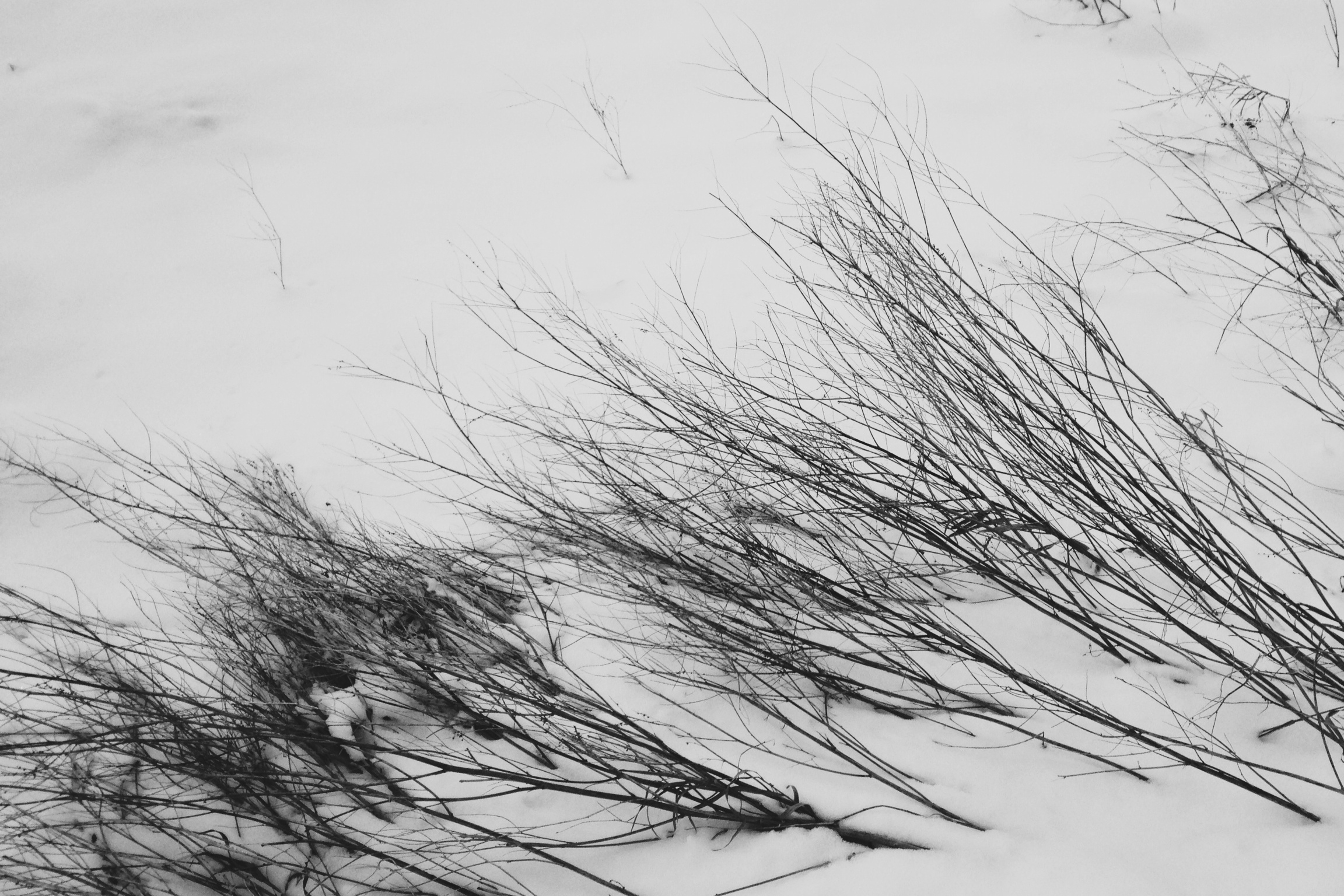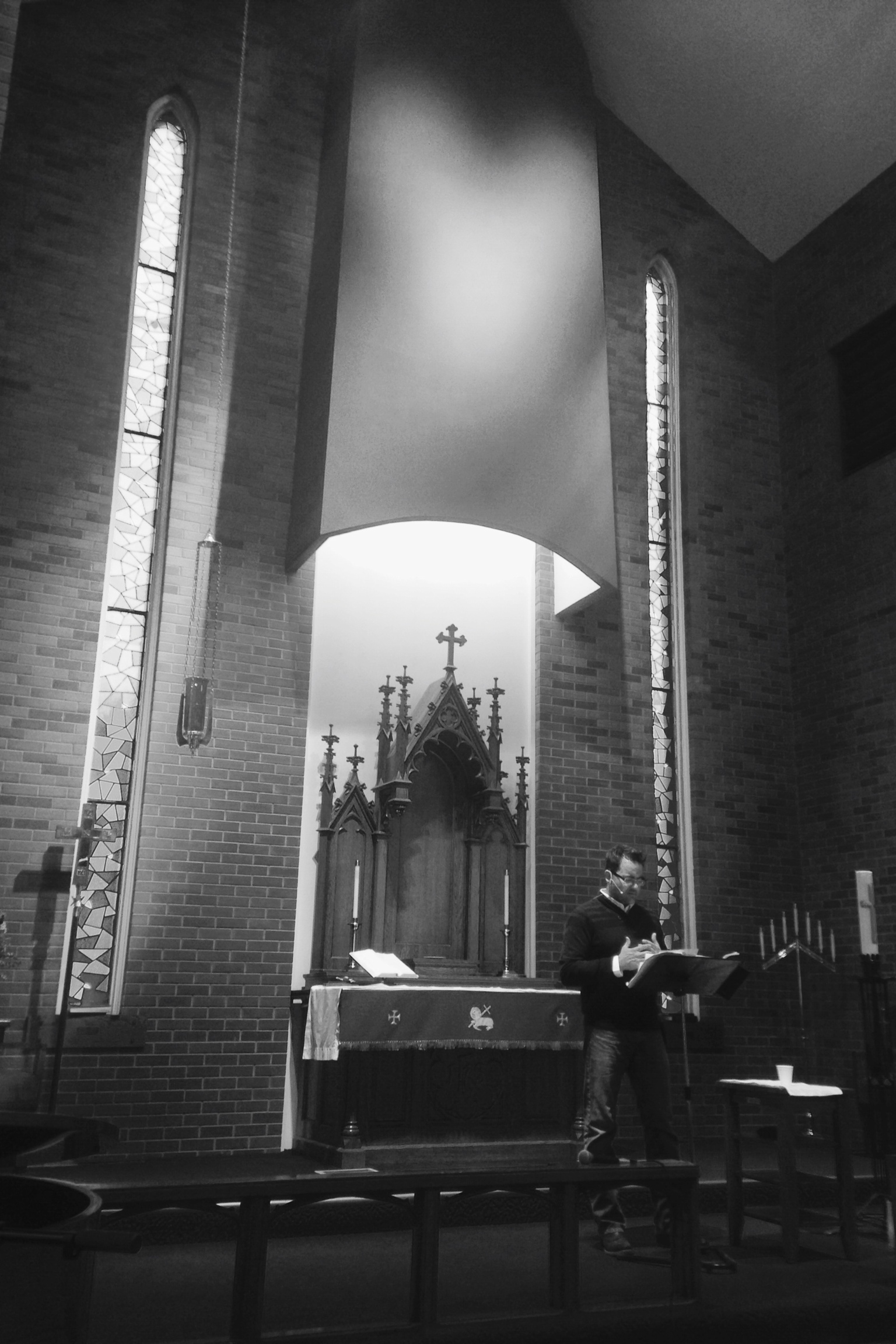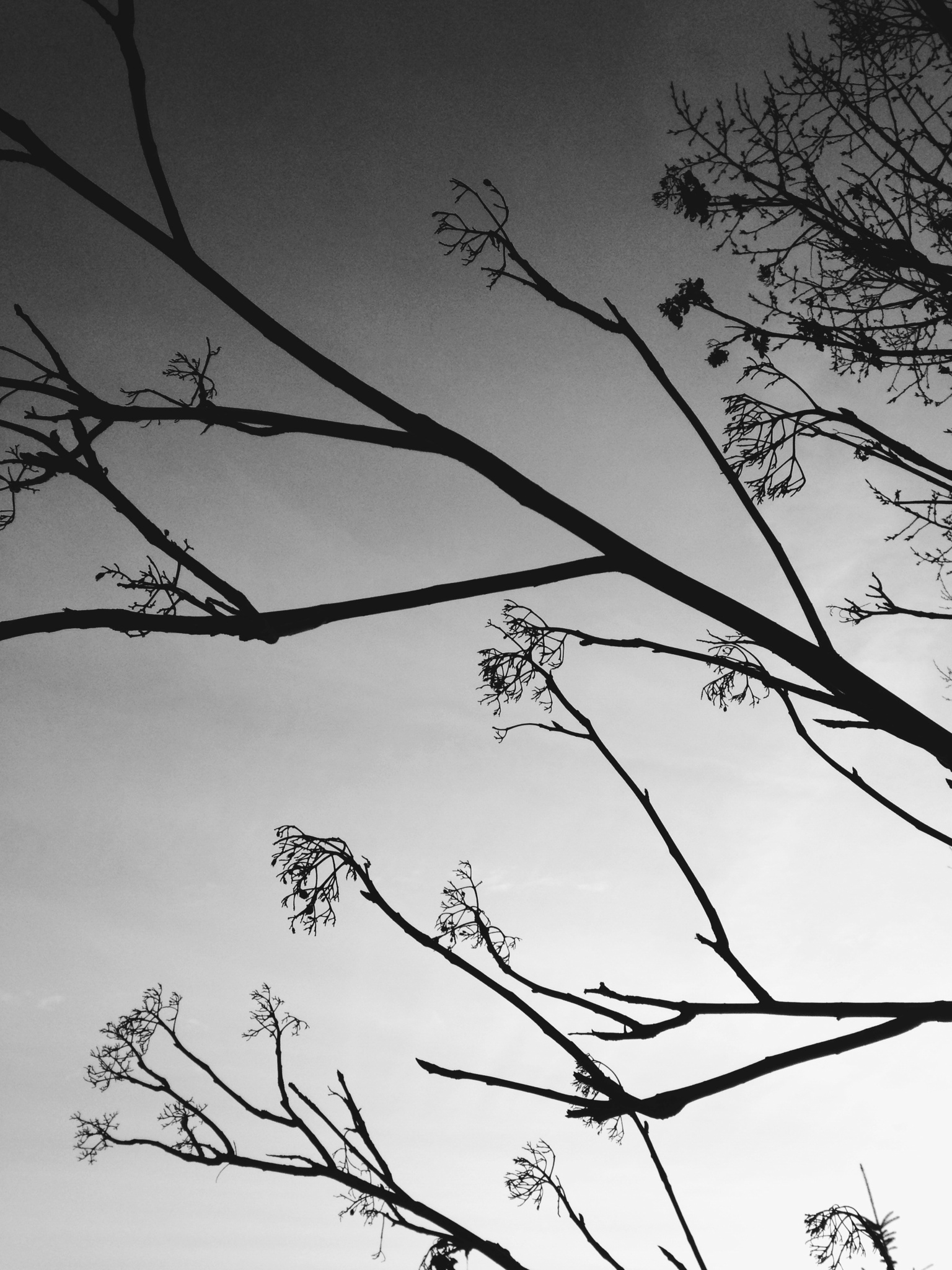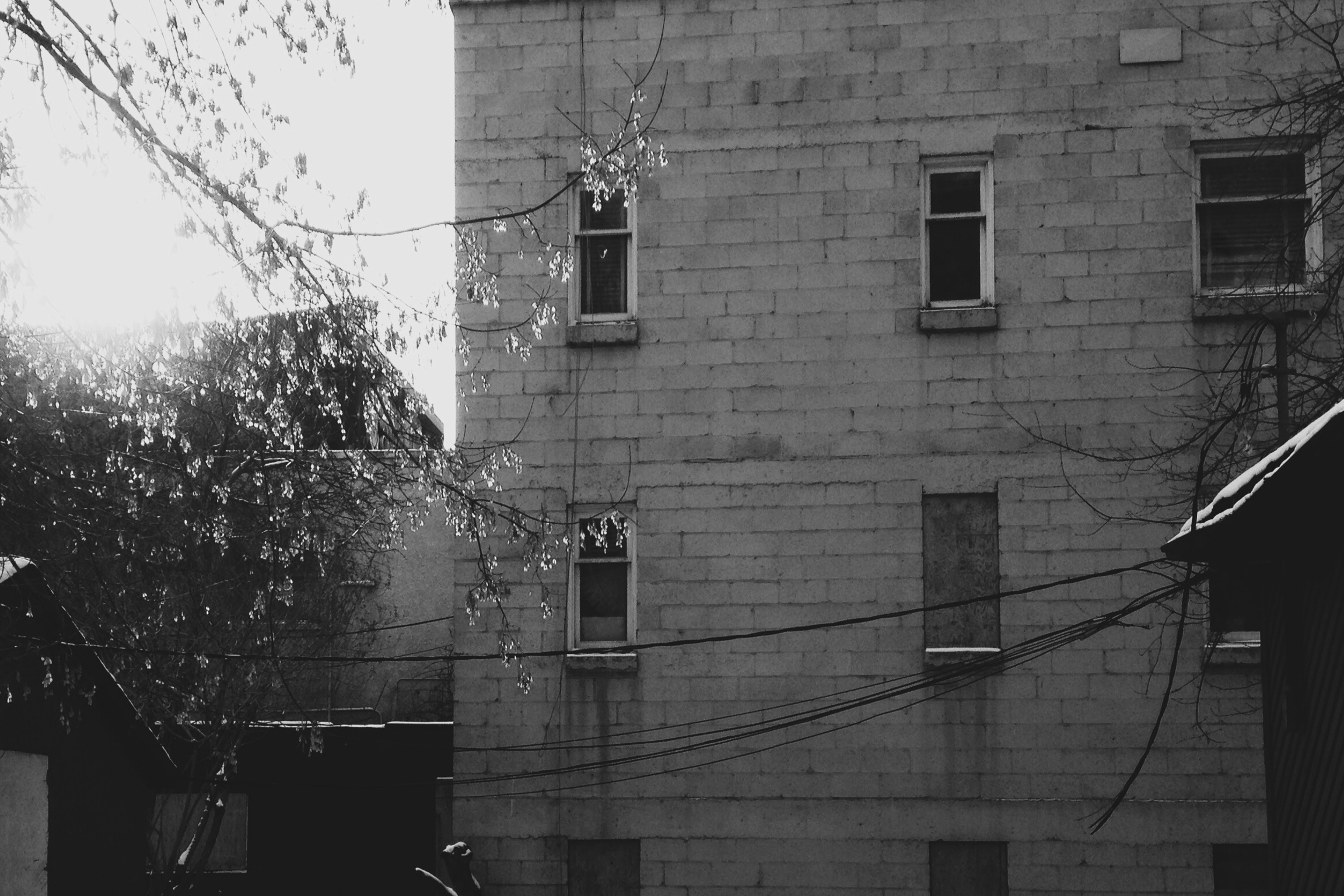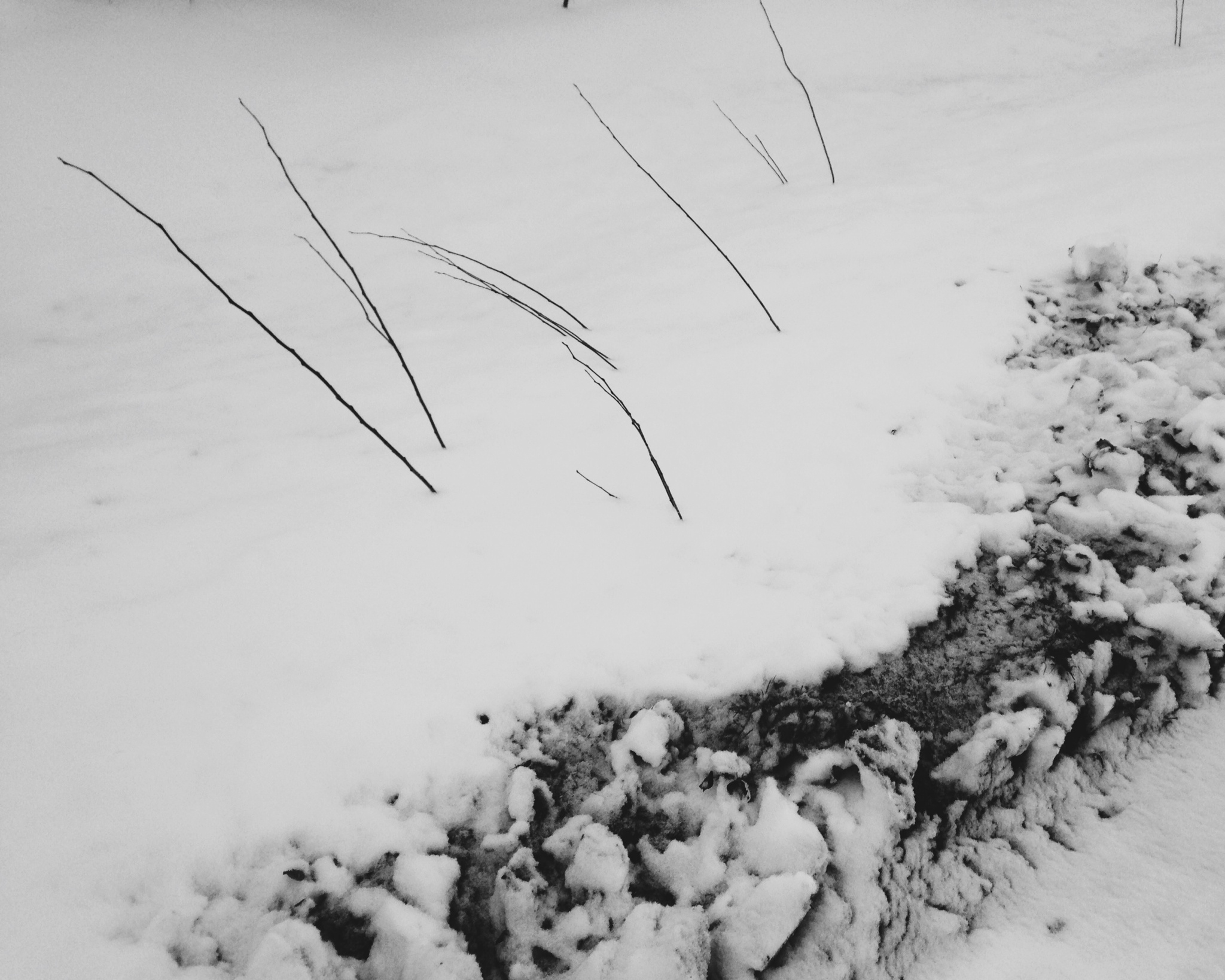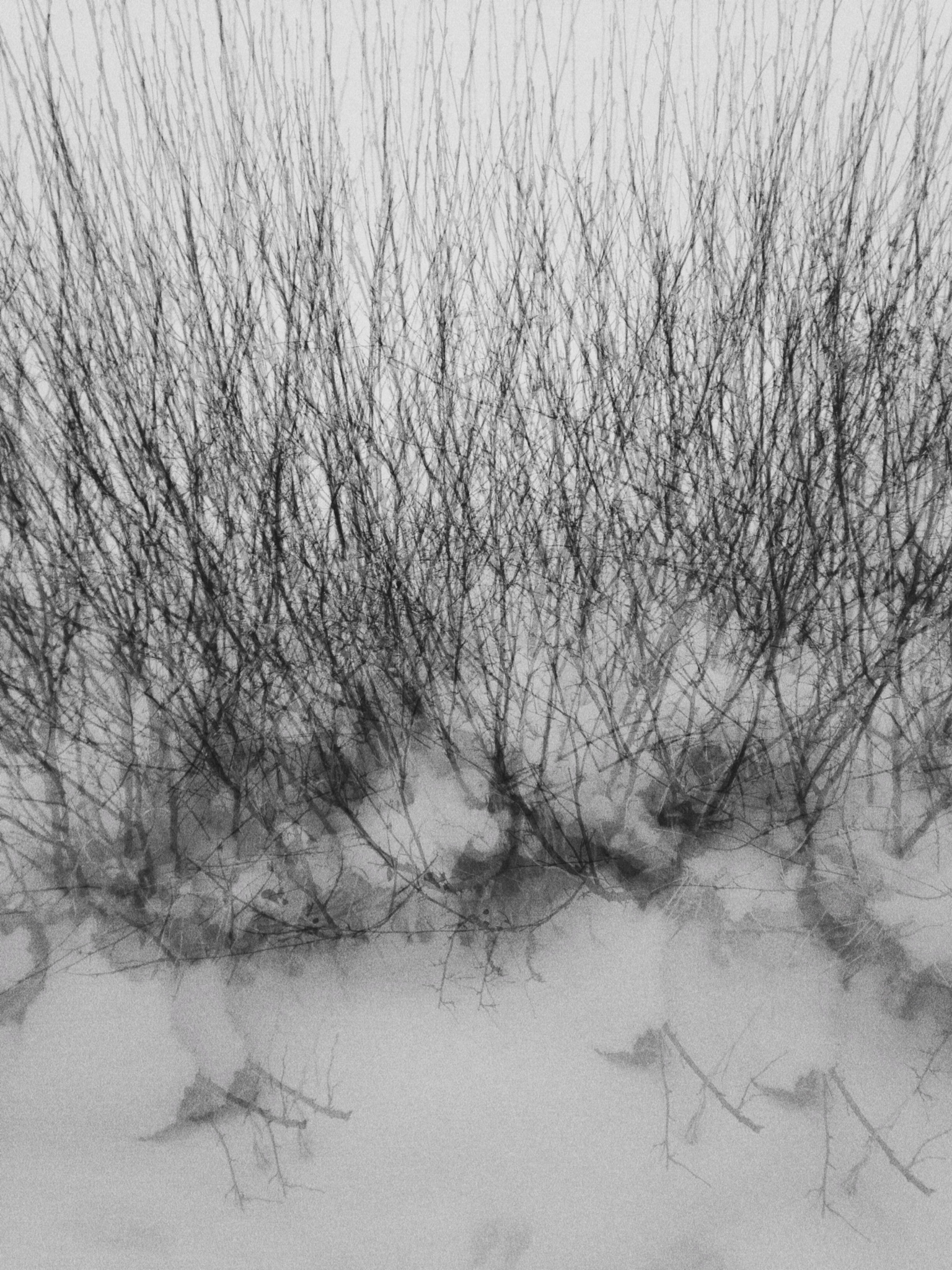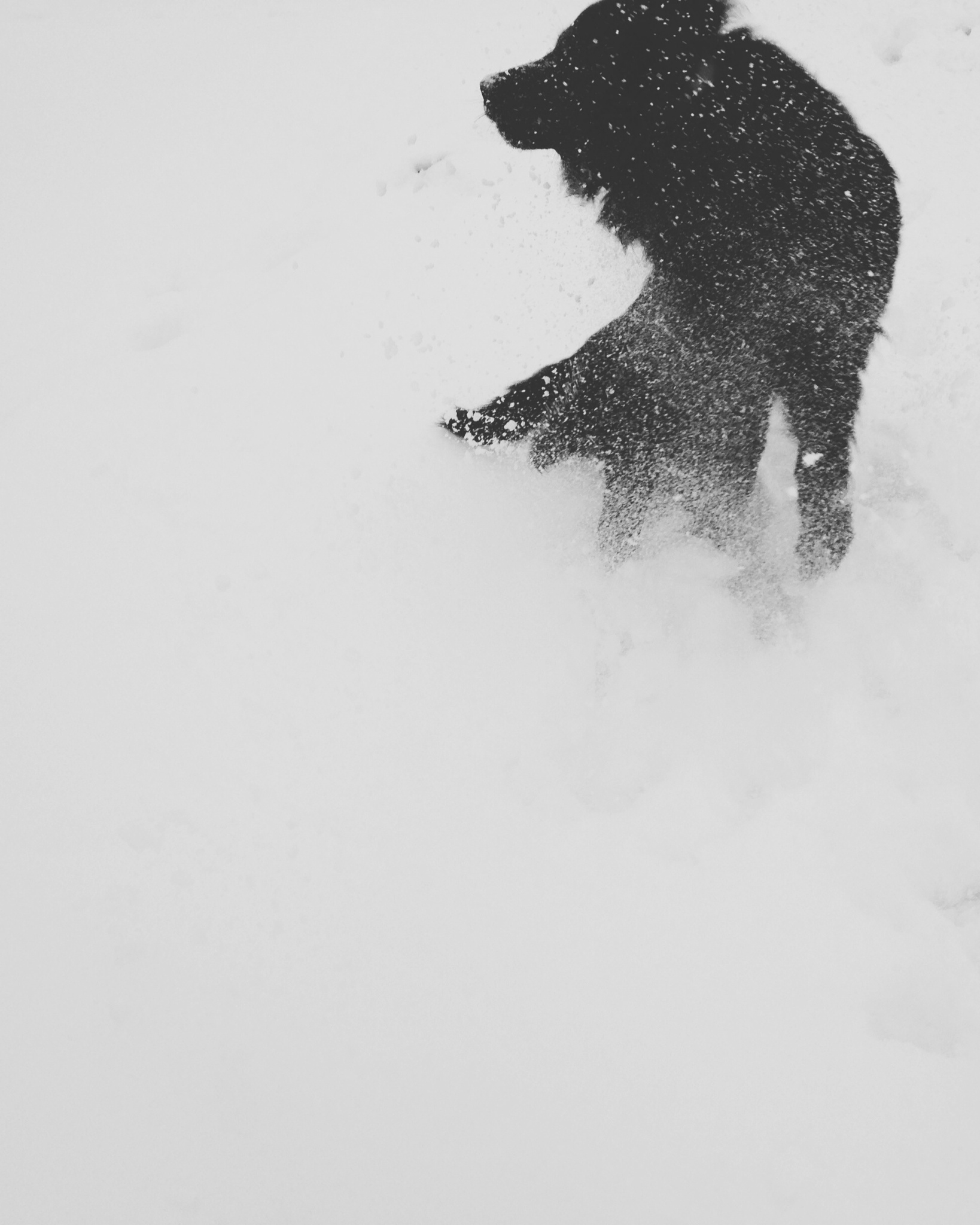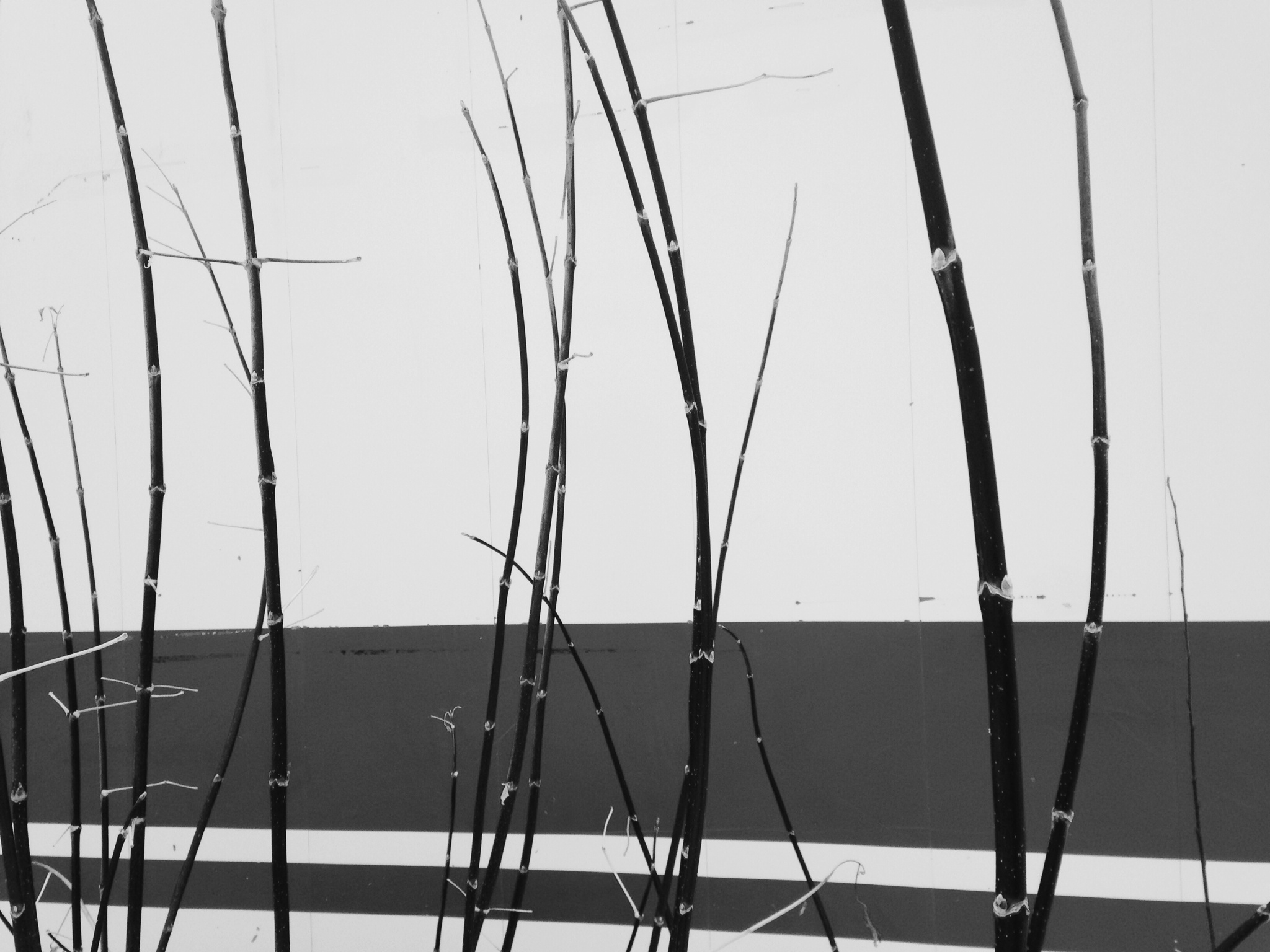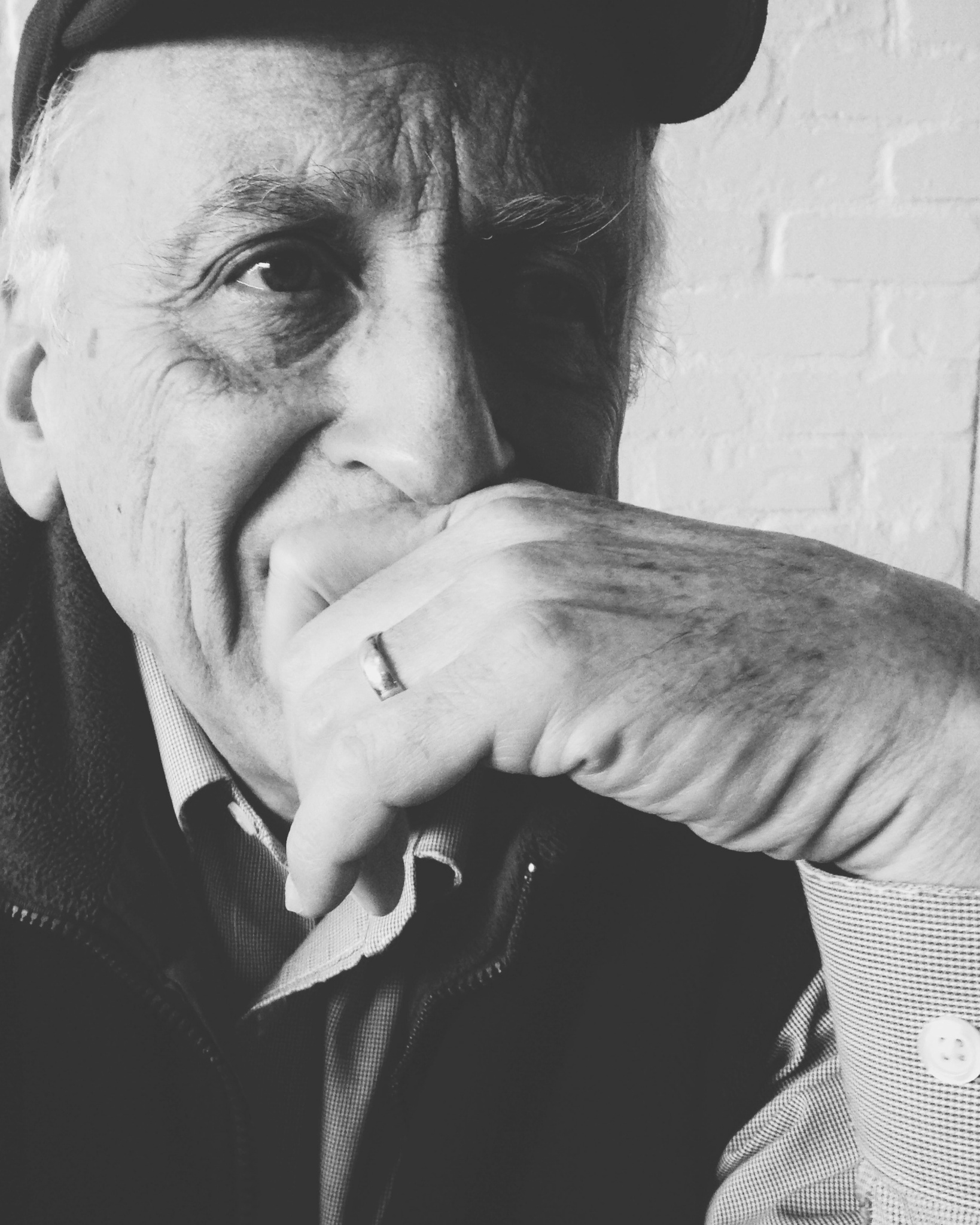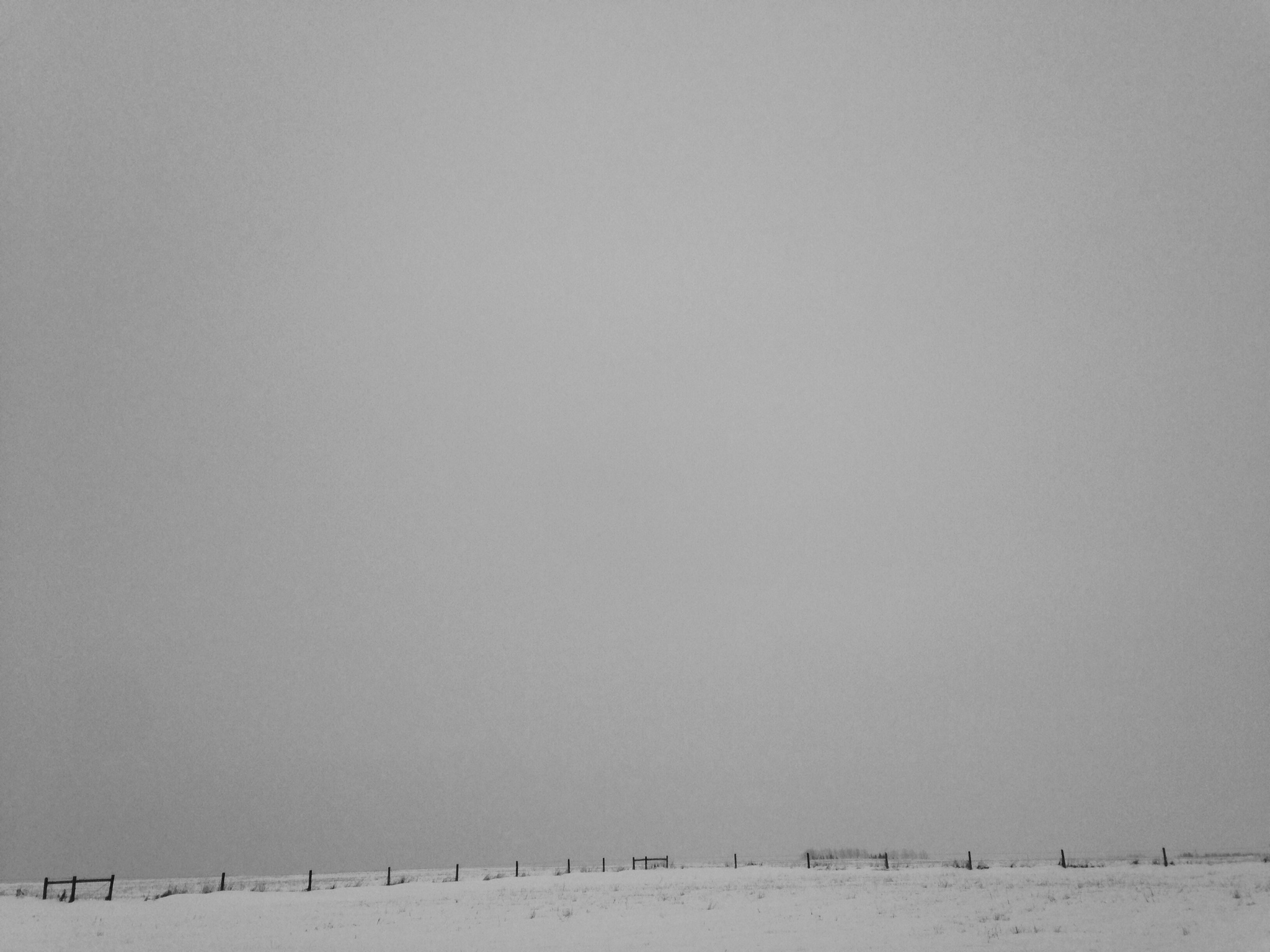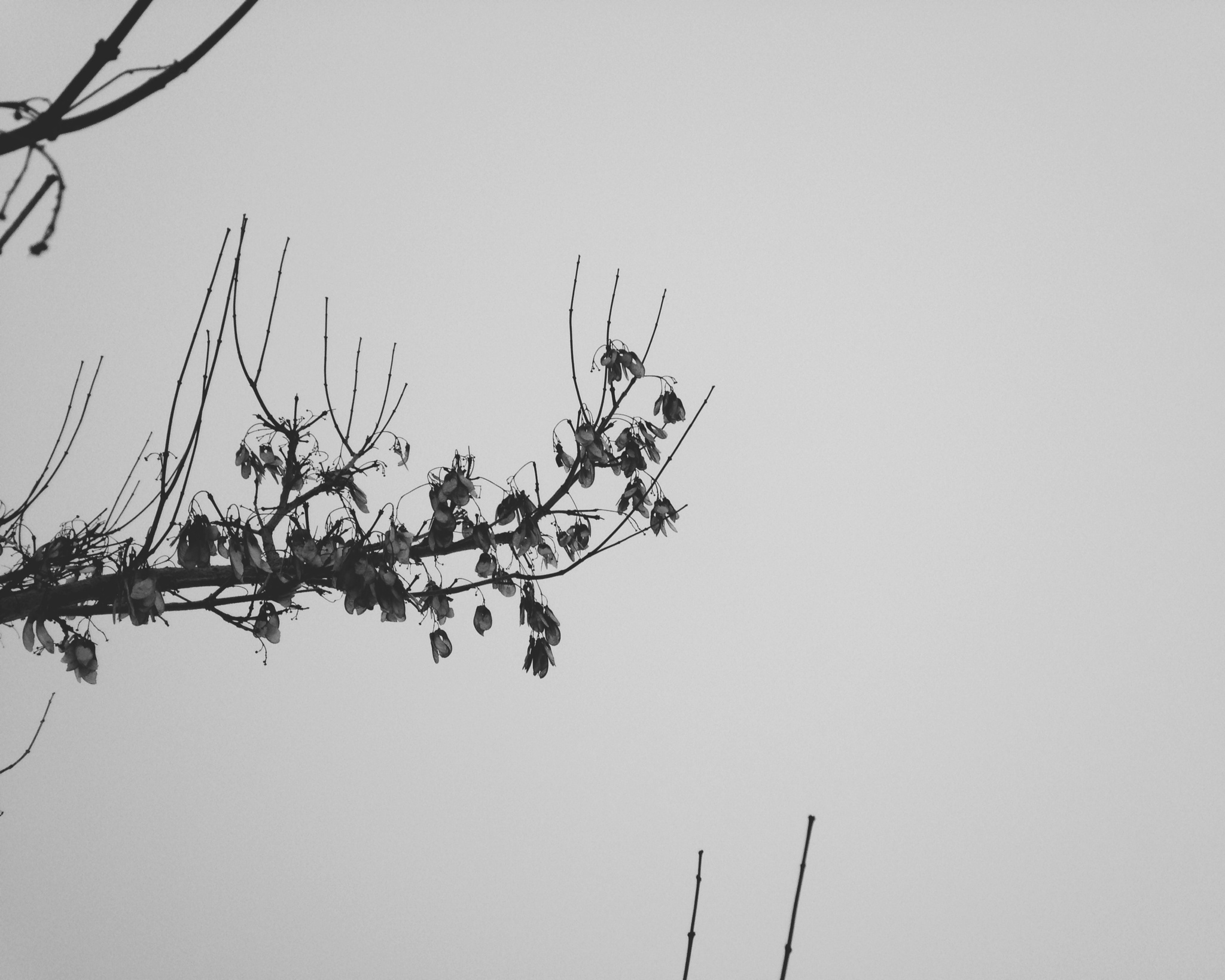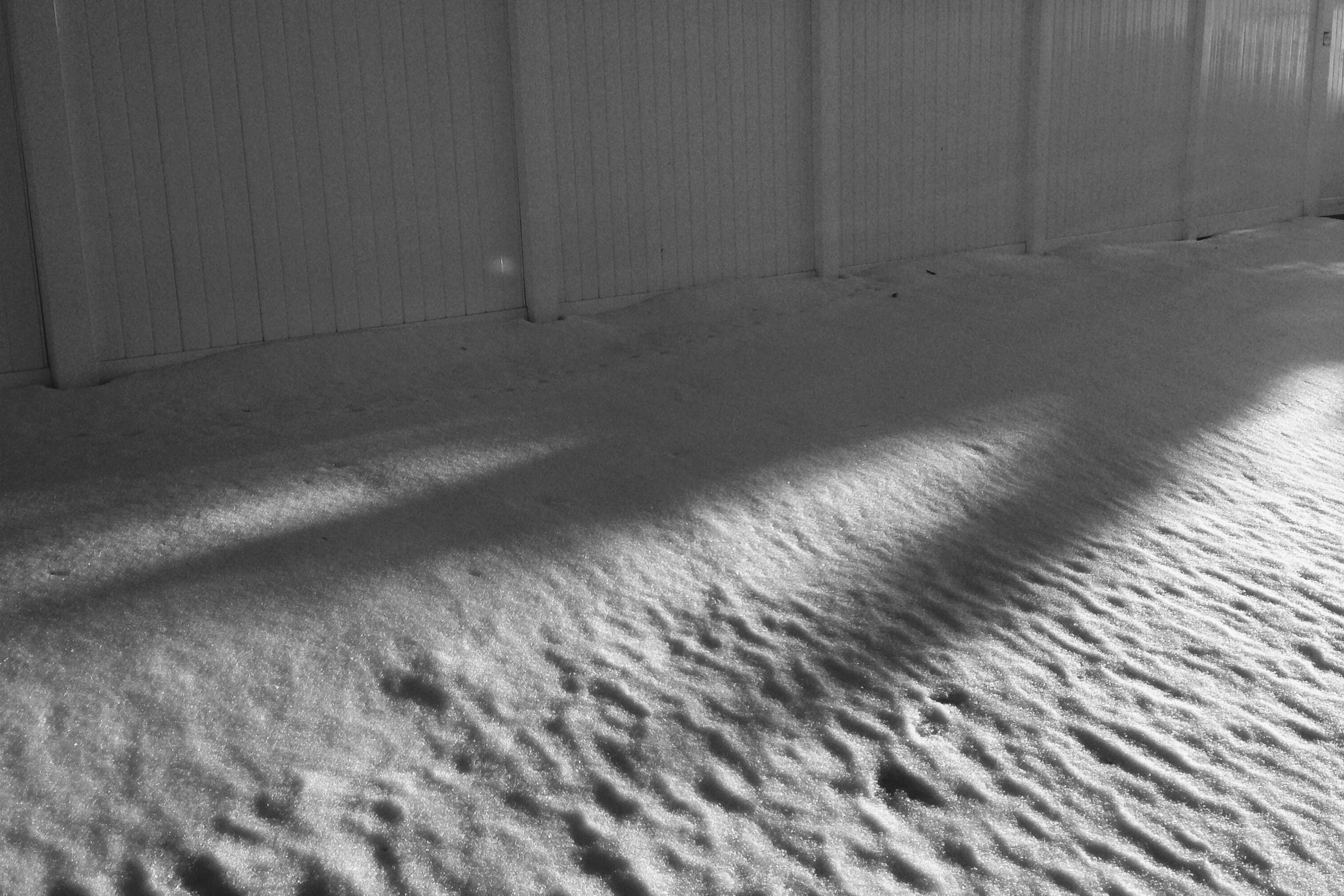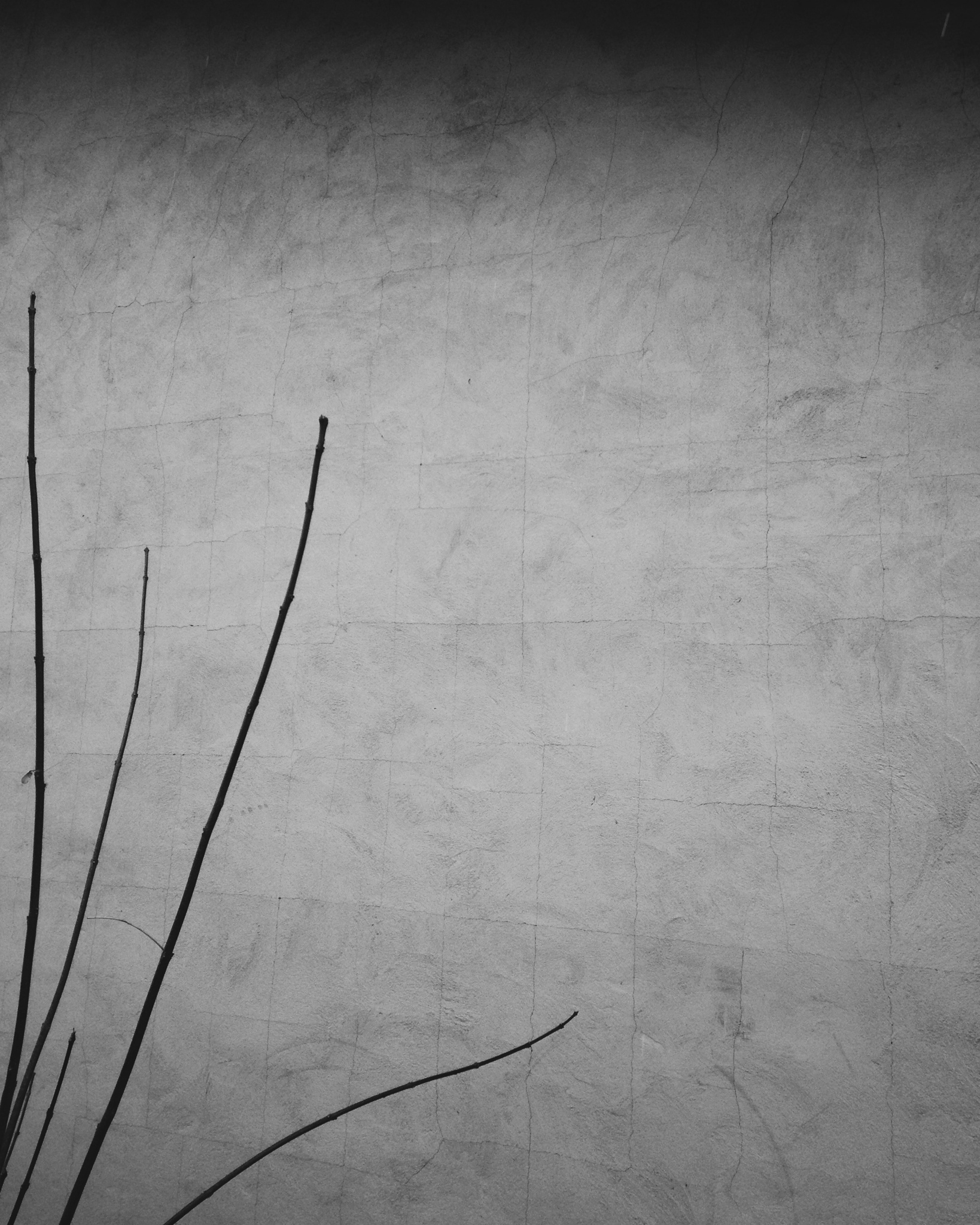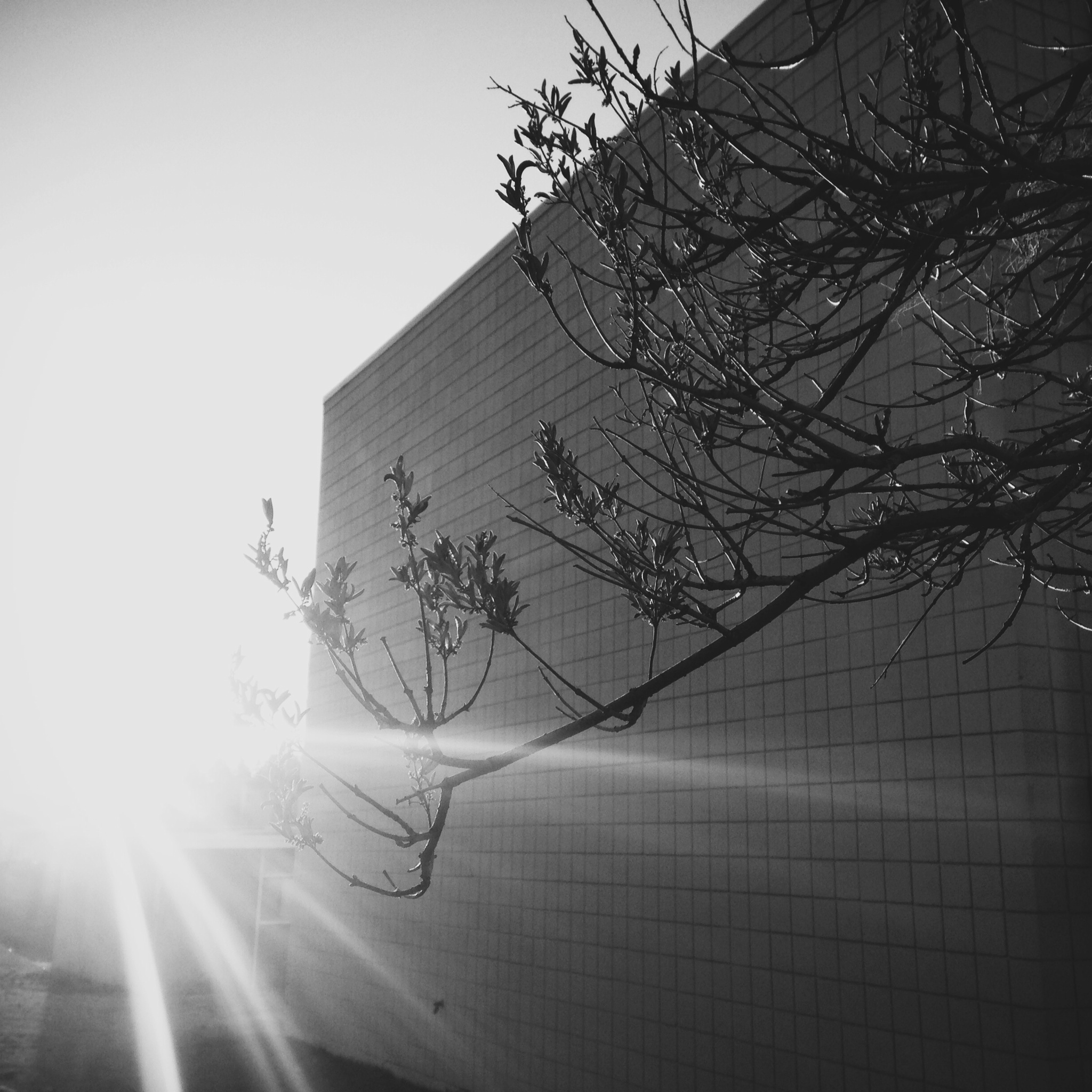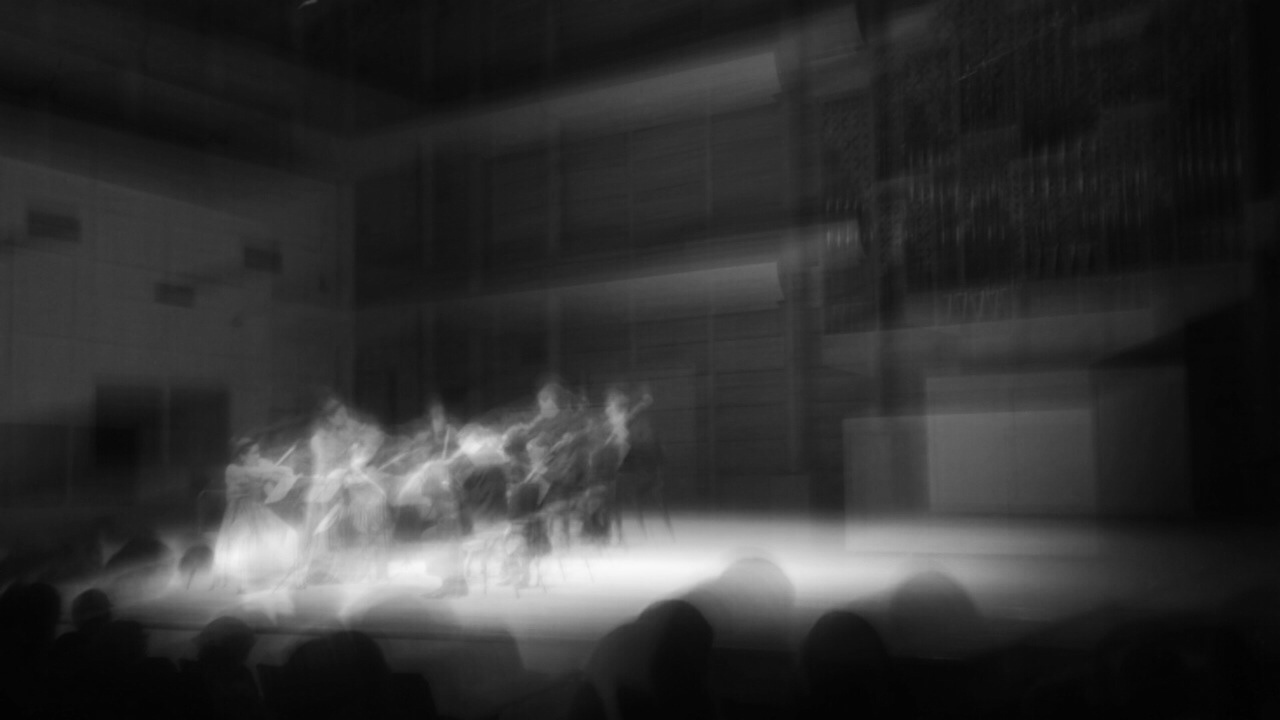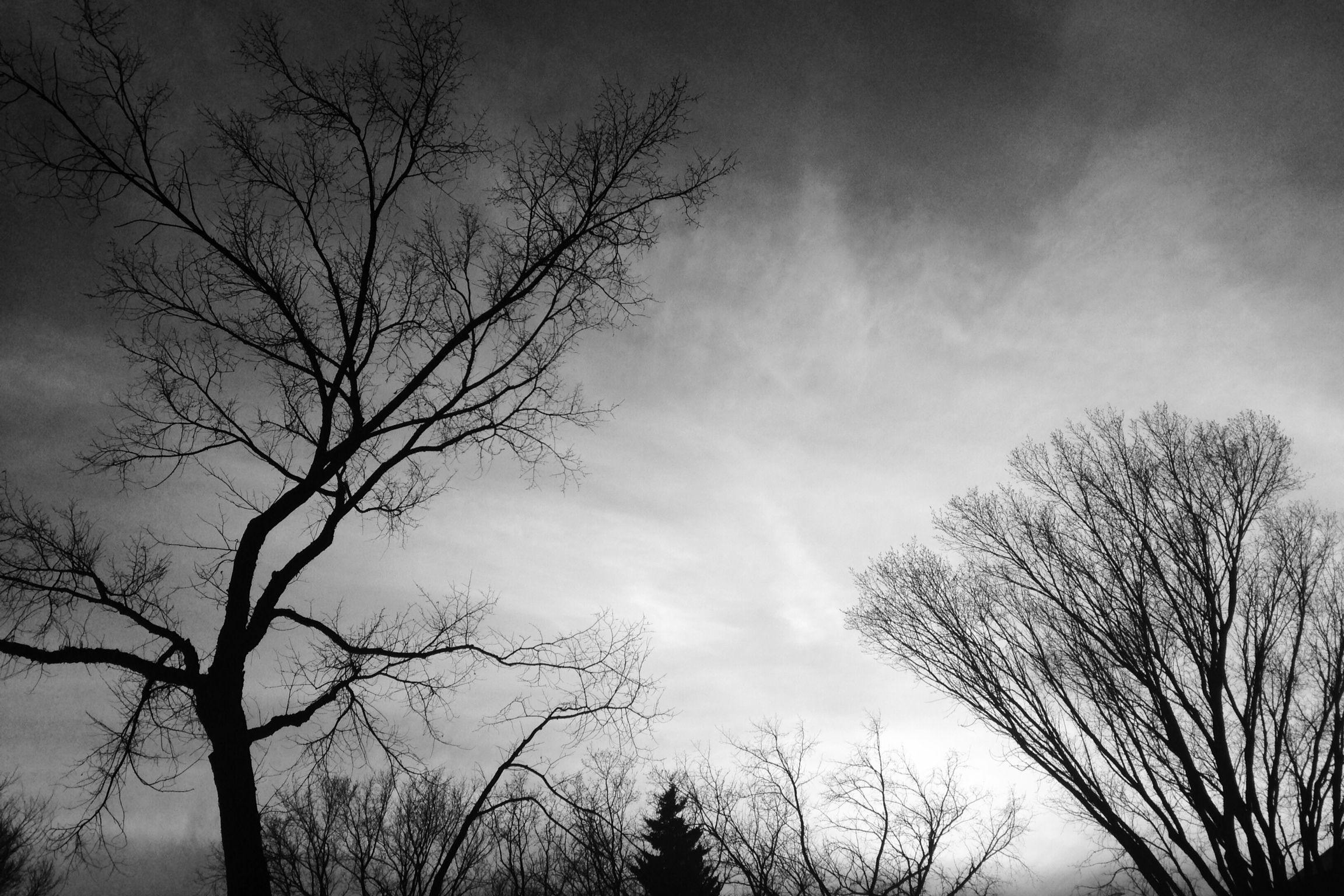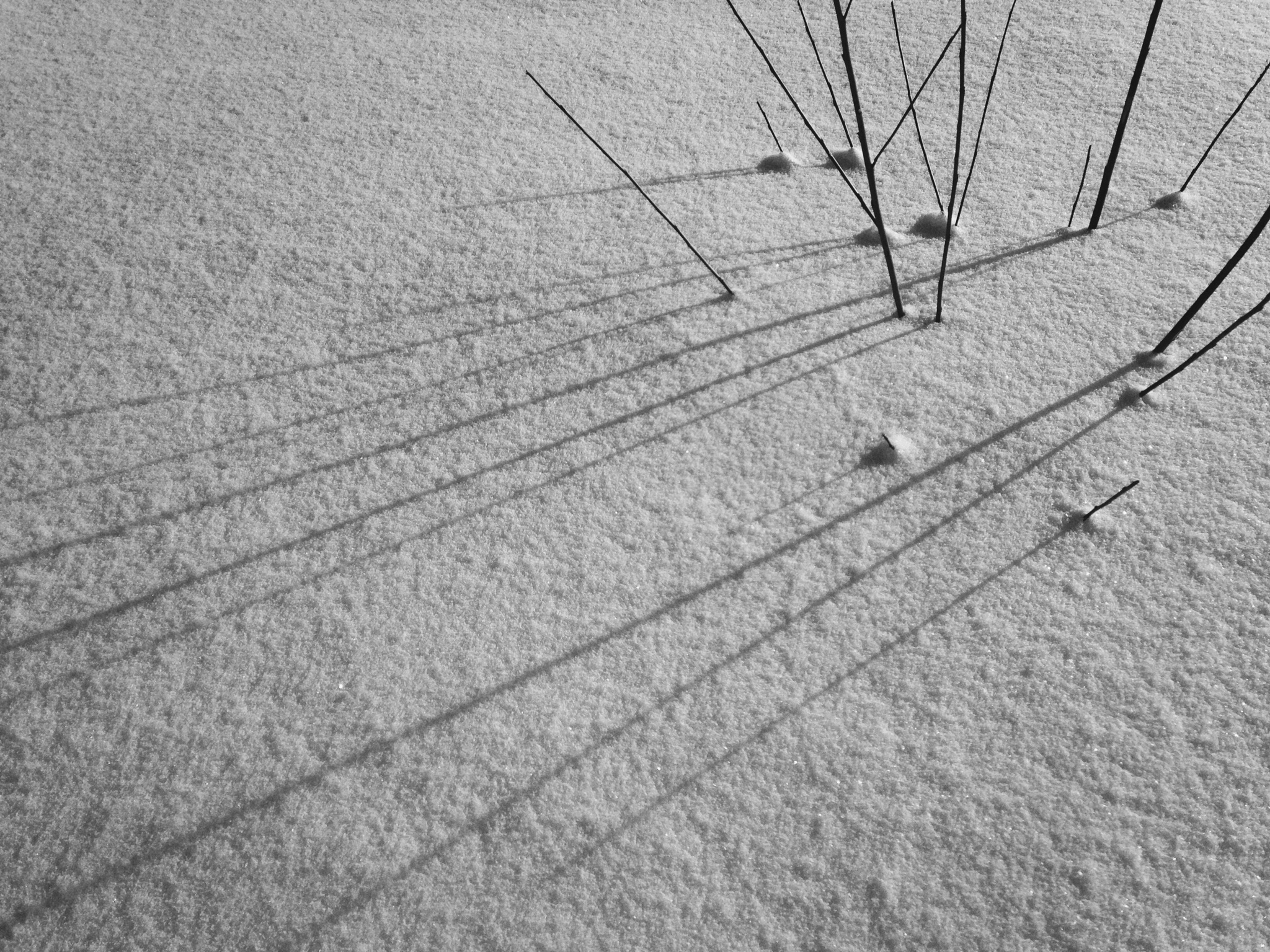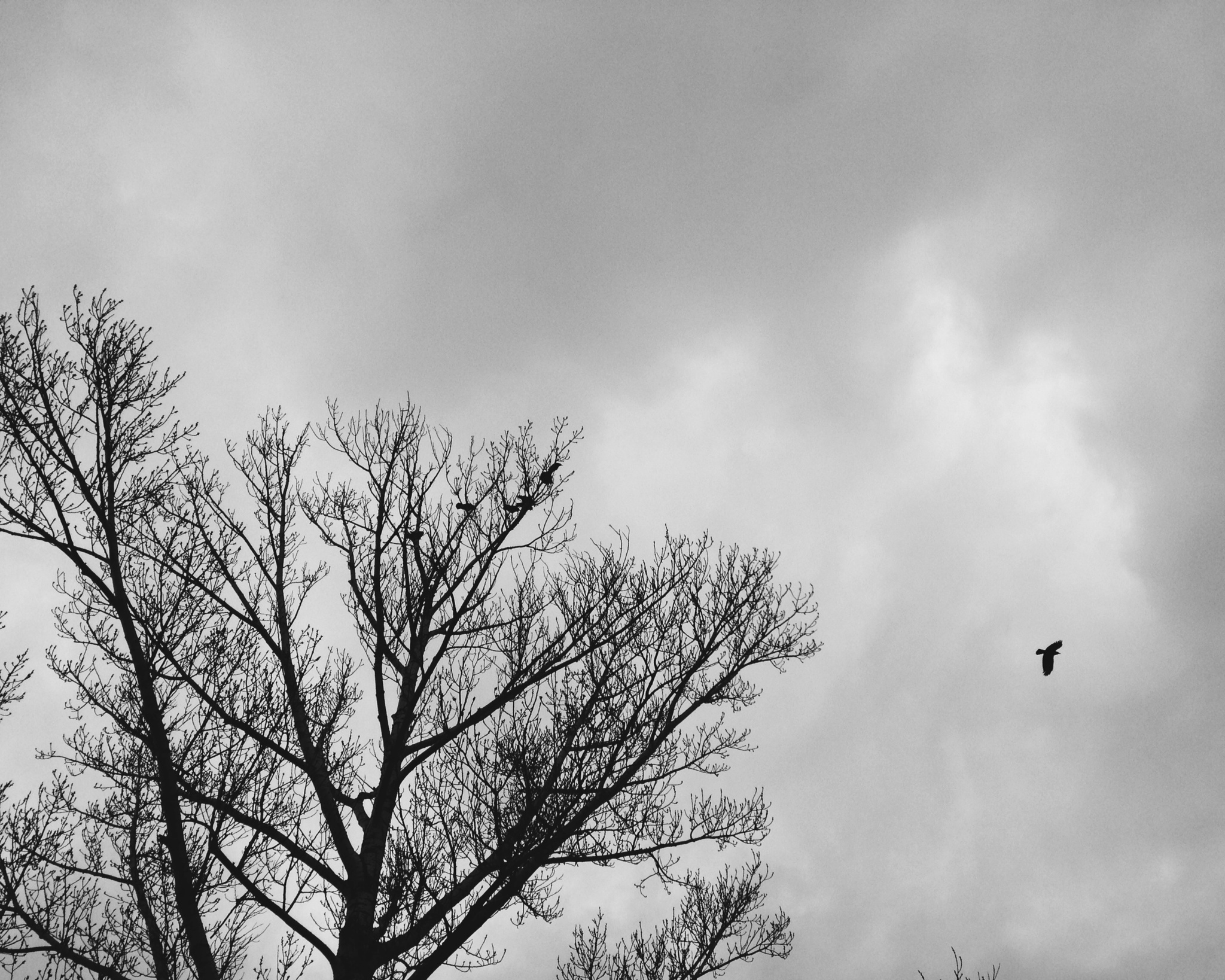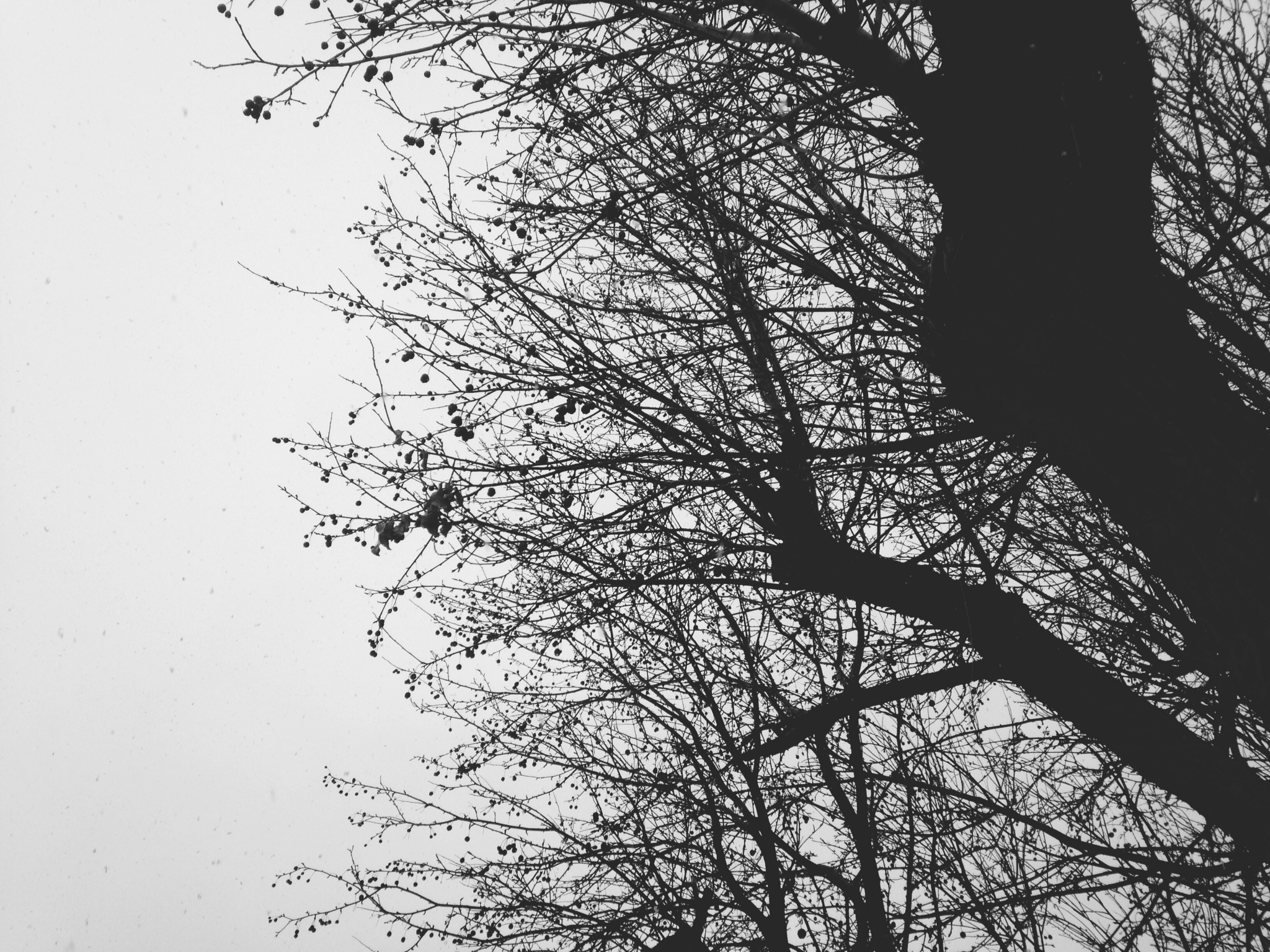I stood between them,
the one with his traveled intelligence
and tawny containment,
his speech like the twang of a bowstring,
and another, unshorn and bewildered
in the tubs of his wellingtons,
smiling at me for help,
faced with this stranger I’d brought him.
Then a cunning middle voice
came out of the field across the road
saying, ‘Be adept and be dialect,
tell of this wind coming past the zinc hut,
call me sweetbriar after the rain
or snowberries cooled in the fog.
But love the cut of this travelled one
and call me also the cornfield of Boaz.
Go beyond what’s reliable
in all that keeps pleading and pleading,
these eyes and puddles and stones,
and recollect how bold you were
when I visited you first
with departures you cannot go back on.’
A chaffinch flicked from an ash and next thing
I found myself driving the stranger
through my own country, adept
at dialect, reciting my pride
in all that I knew, that began to make strange
at the same recitation.
–Seamus Heaney 'Making Strange'
"Call me also the cornfields of Boaz"
This poem struck me with force the first time I read it. It captured my imagination as I reread it again and again and shared it with my often bewildered but sometimes appreciative friends. Those friends who were bewildered asked for an explanation, so let me try my hand at explaining it.
The narrator stands between two men, one traveled, intelligent, and blunt in his strength, the other plain, bewildered, and pleading for assistance. The narrator has a responsiblity (it is implied that he brought the first stranger upon the second) and is at a loss for what to do.
Direction arrives from a third voice, distant and distinct. This Someone confronts: "Be adept and dialect! Tell of something great coming, a wind that will sweep this ragged land. Love these people of flesh. For I was there when Boaz showed mercy to another stranger, in another field, many centuries ago. Go beyond what you see in the obvious - sticks and hair, boots and bones. And remember: I visited you too when you were also a stranger. I took you away and now you cannot return."
A bird on a branch brings the narrator back to present. When we leave him, he is driving the stranger through his own land, introducing the stranger to a landscape familiar and now freshly foreign.
In this poem, I see the call for us to love the bewildered strangers in our midst with a gospel love. We too may be at a loss for how to respond to them, and we too need to hear the voice of the One who called and redeemed us, recalling how His guidance then is the same guidance now. Moving forward, adepting our dialect, He will move through our actions too.




